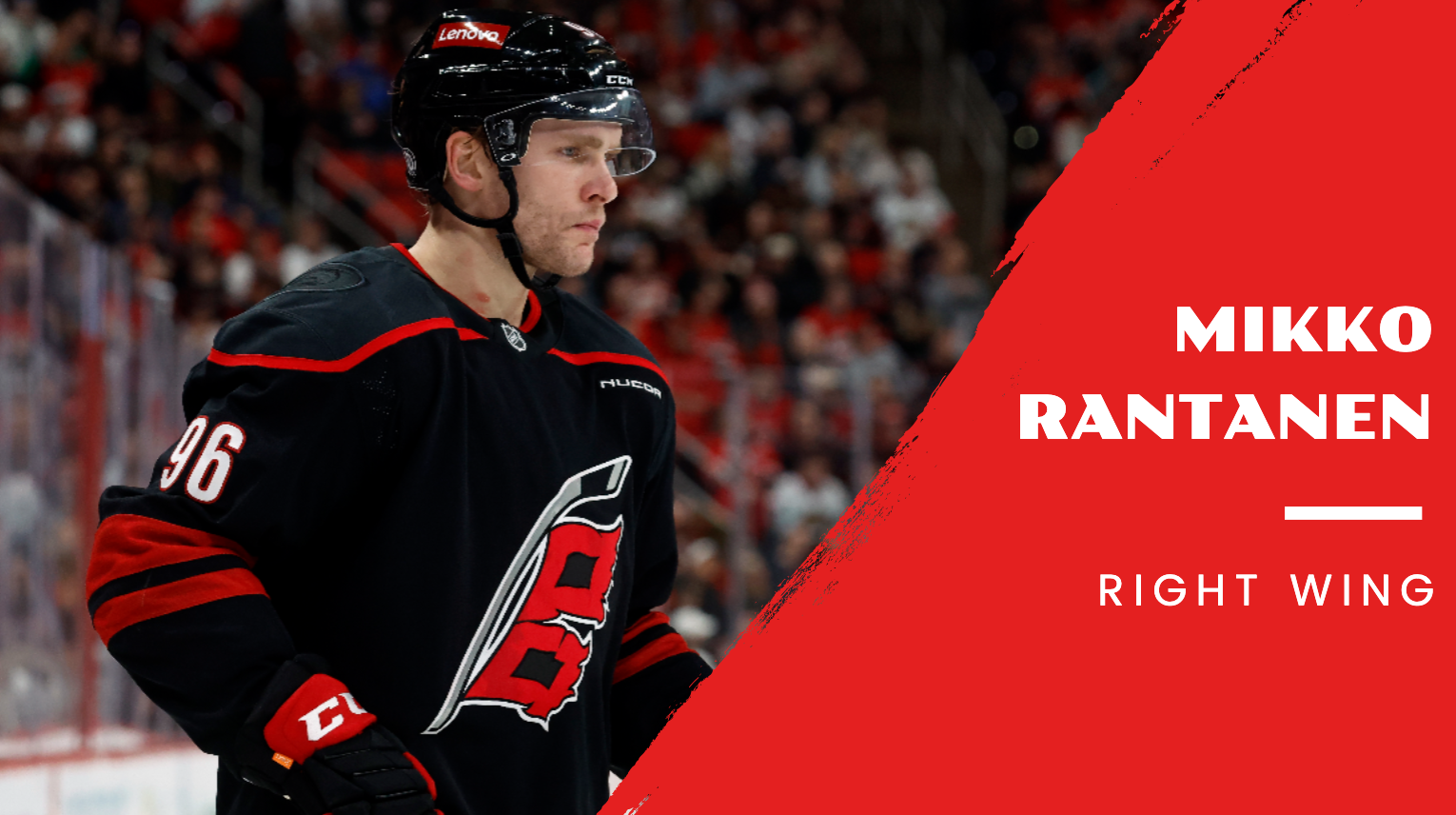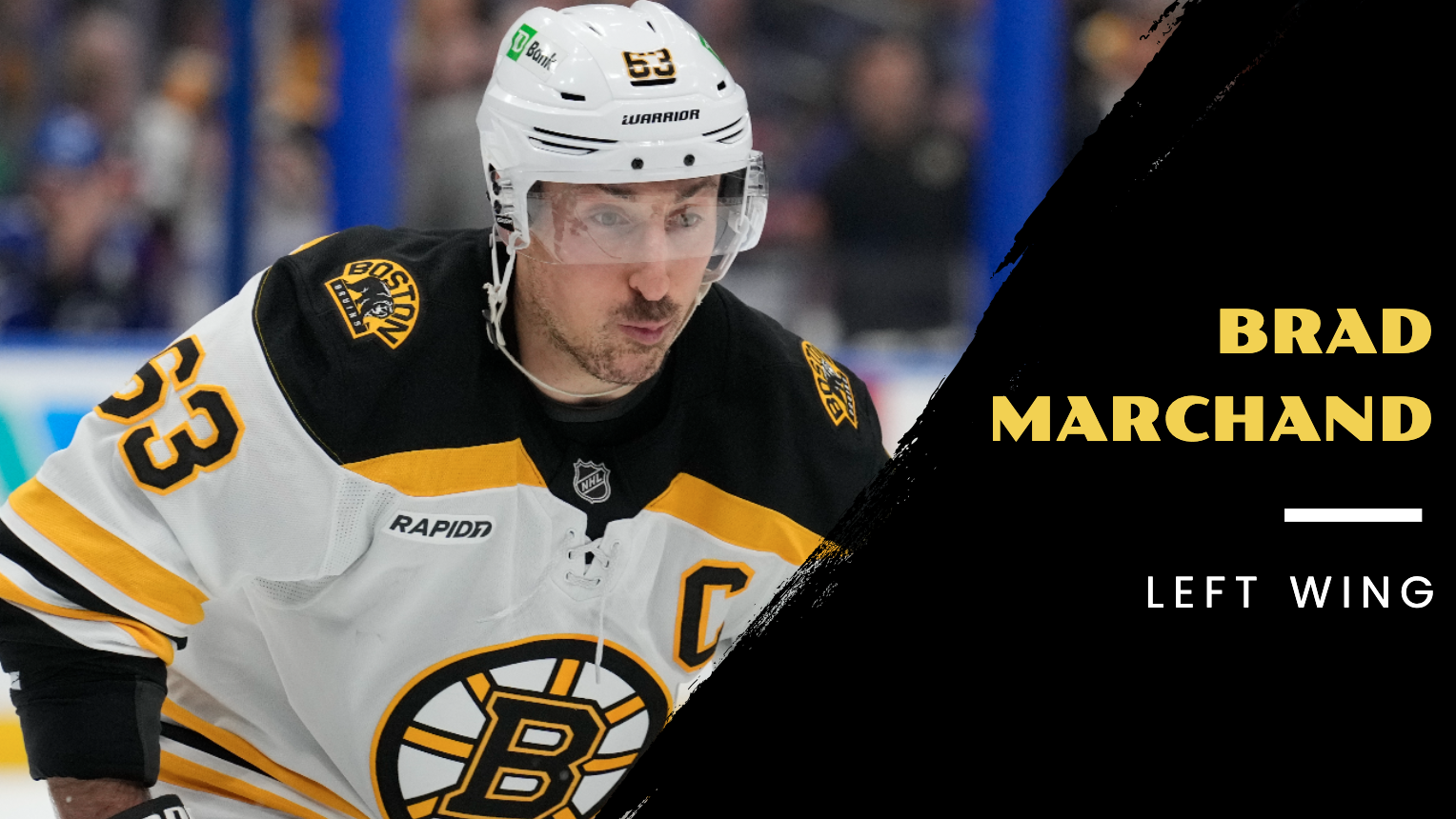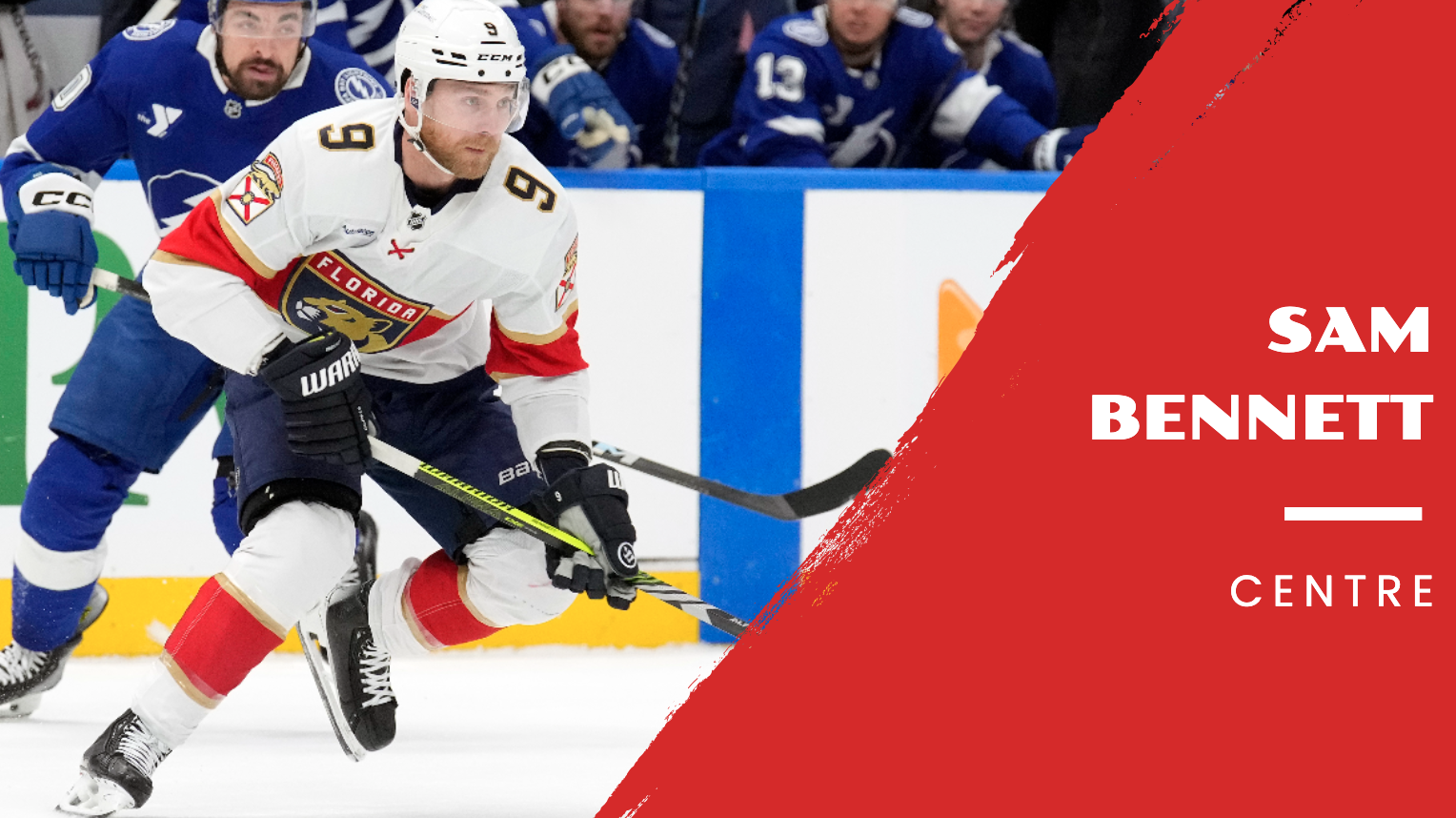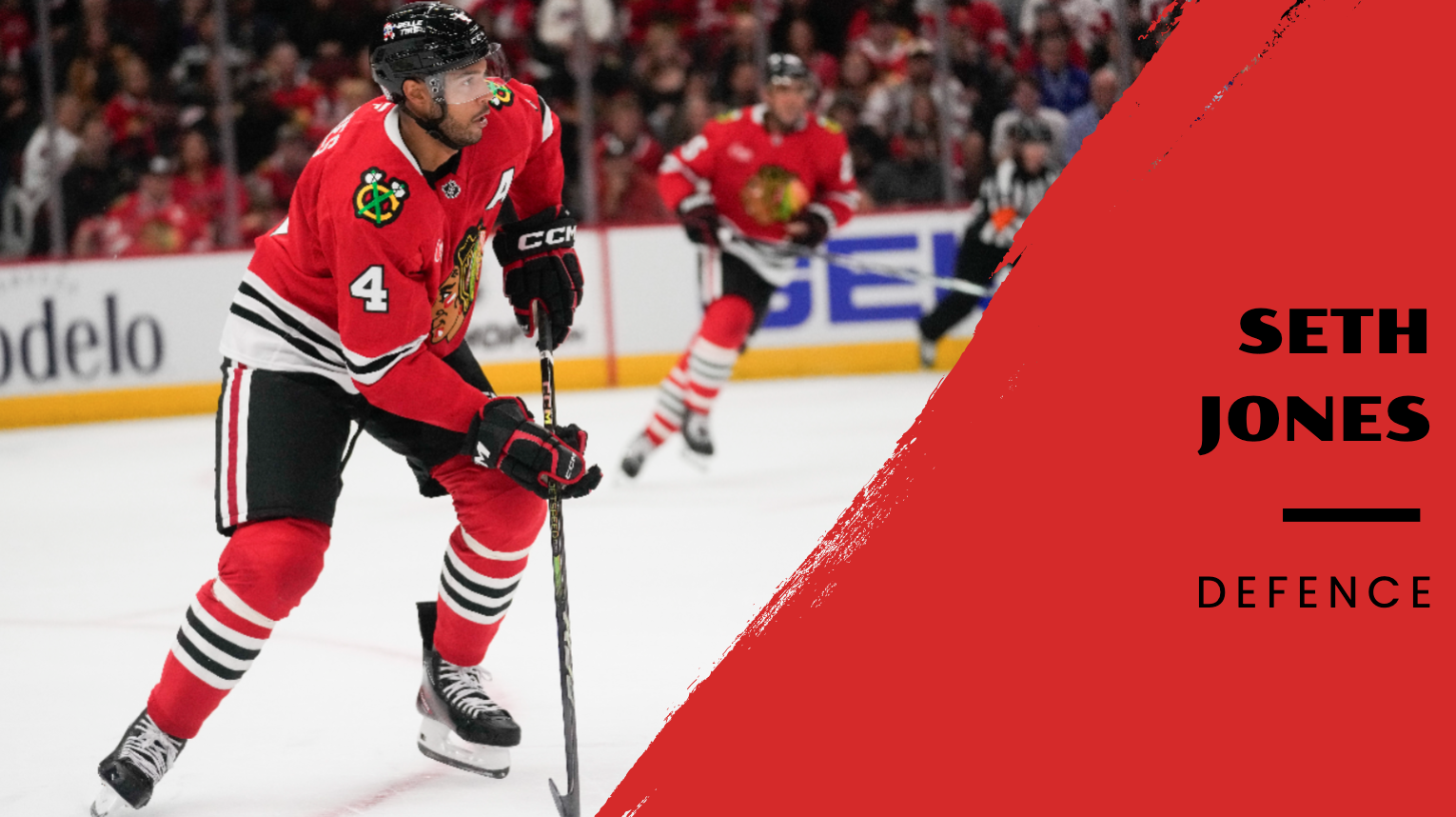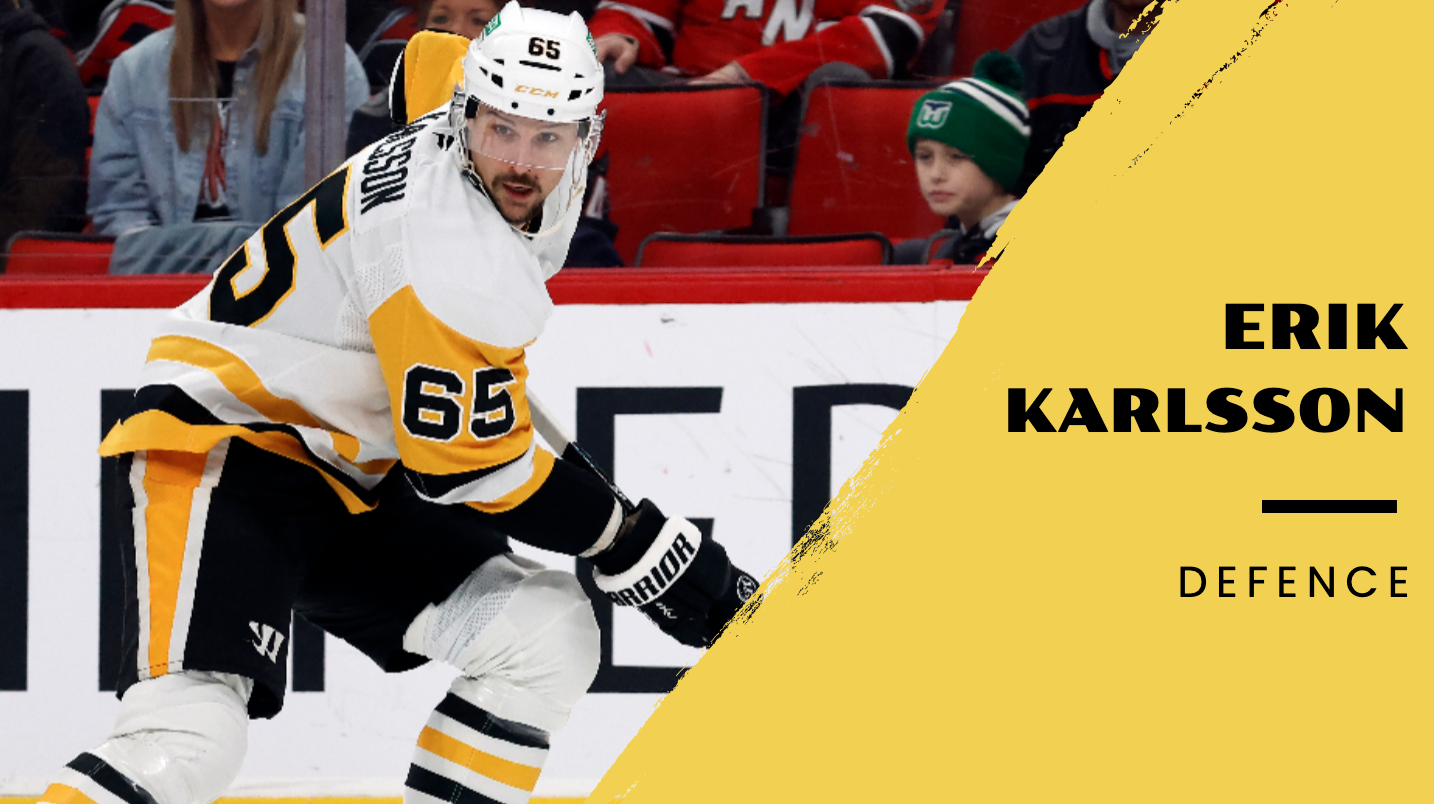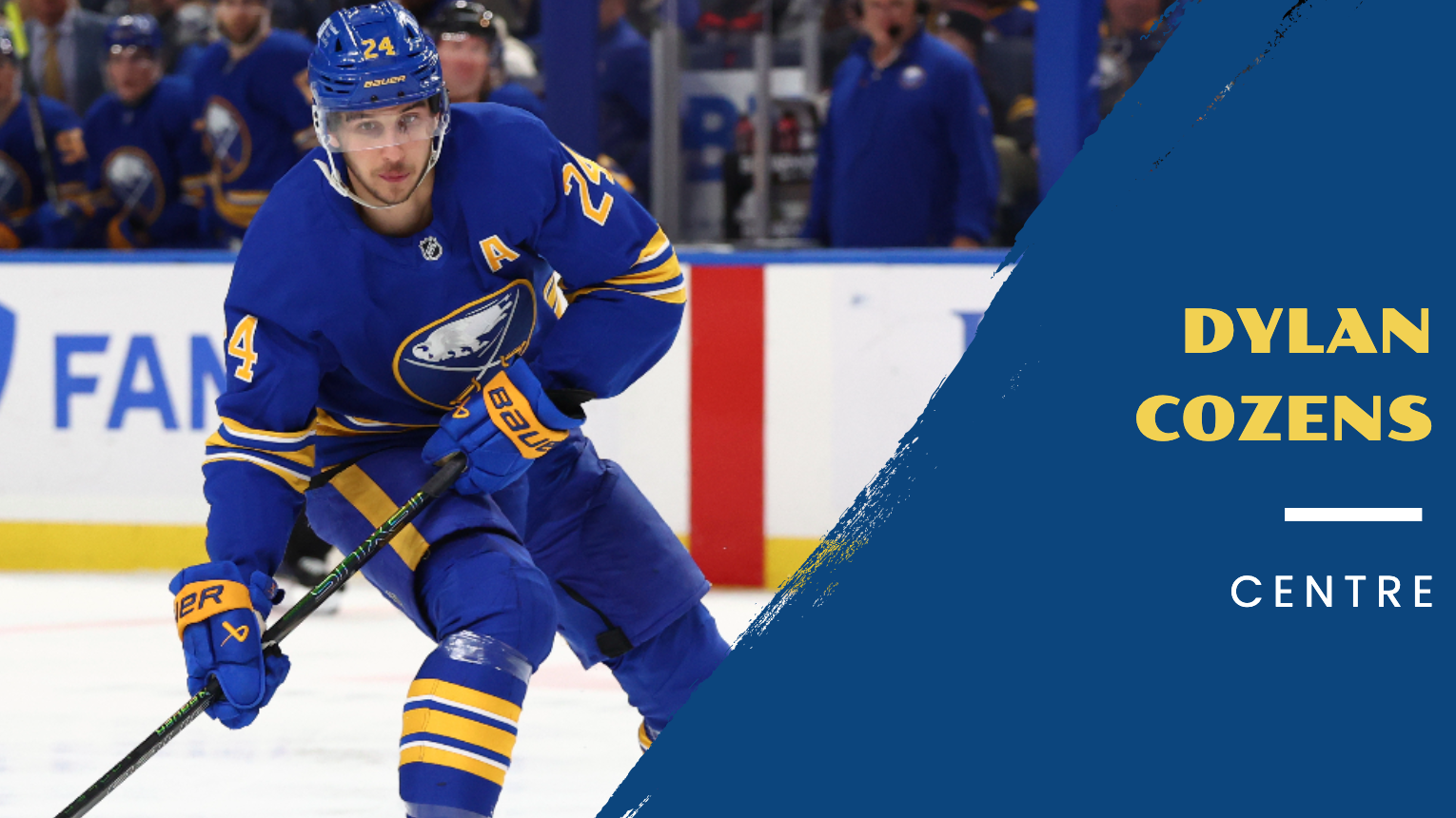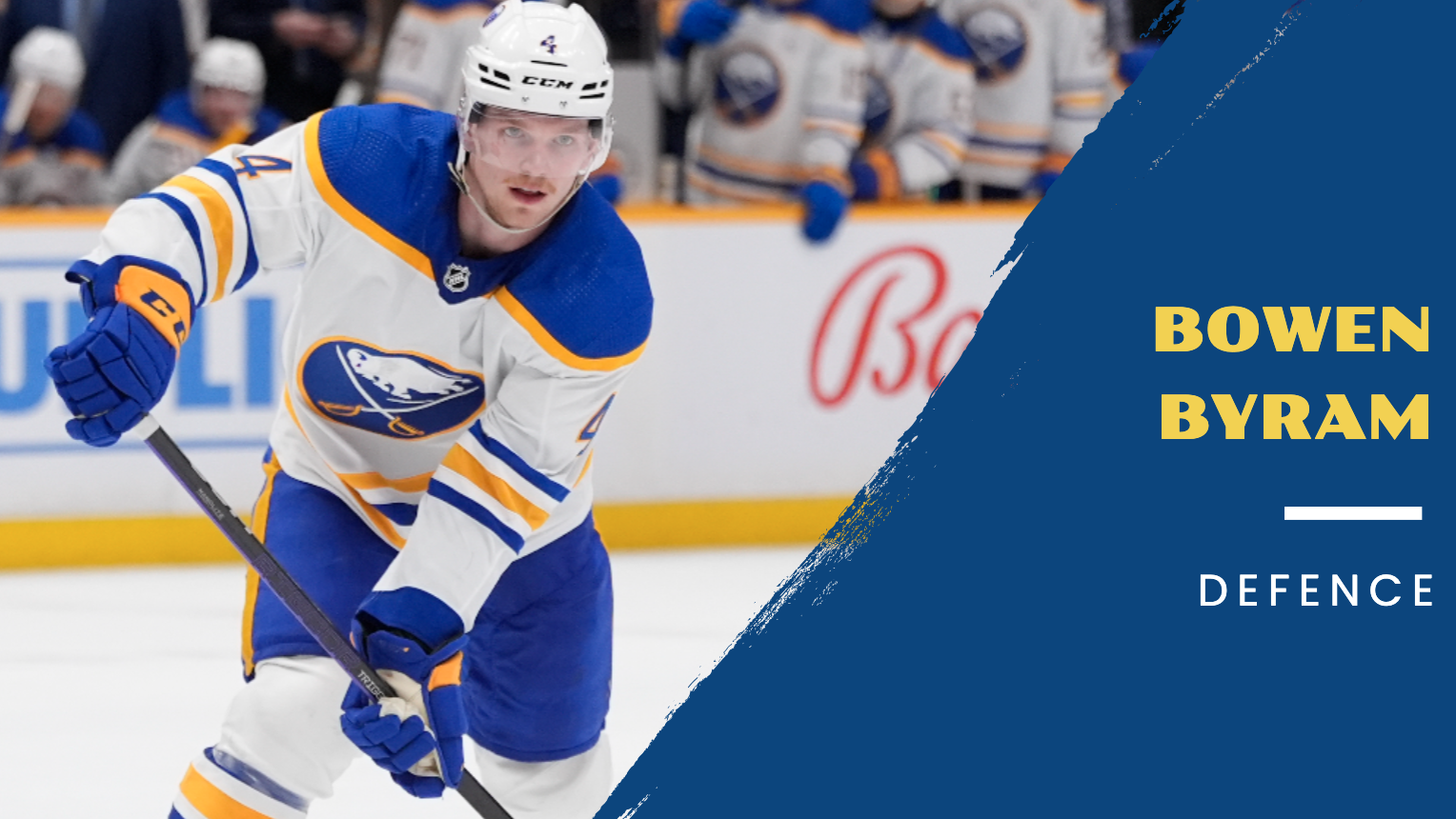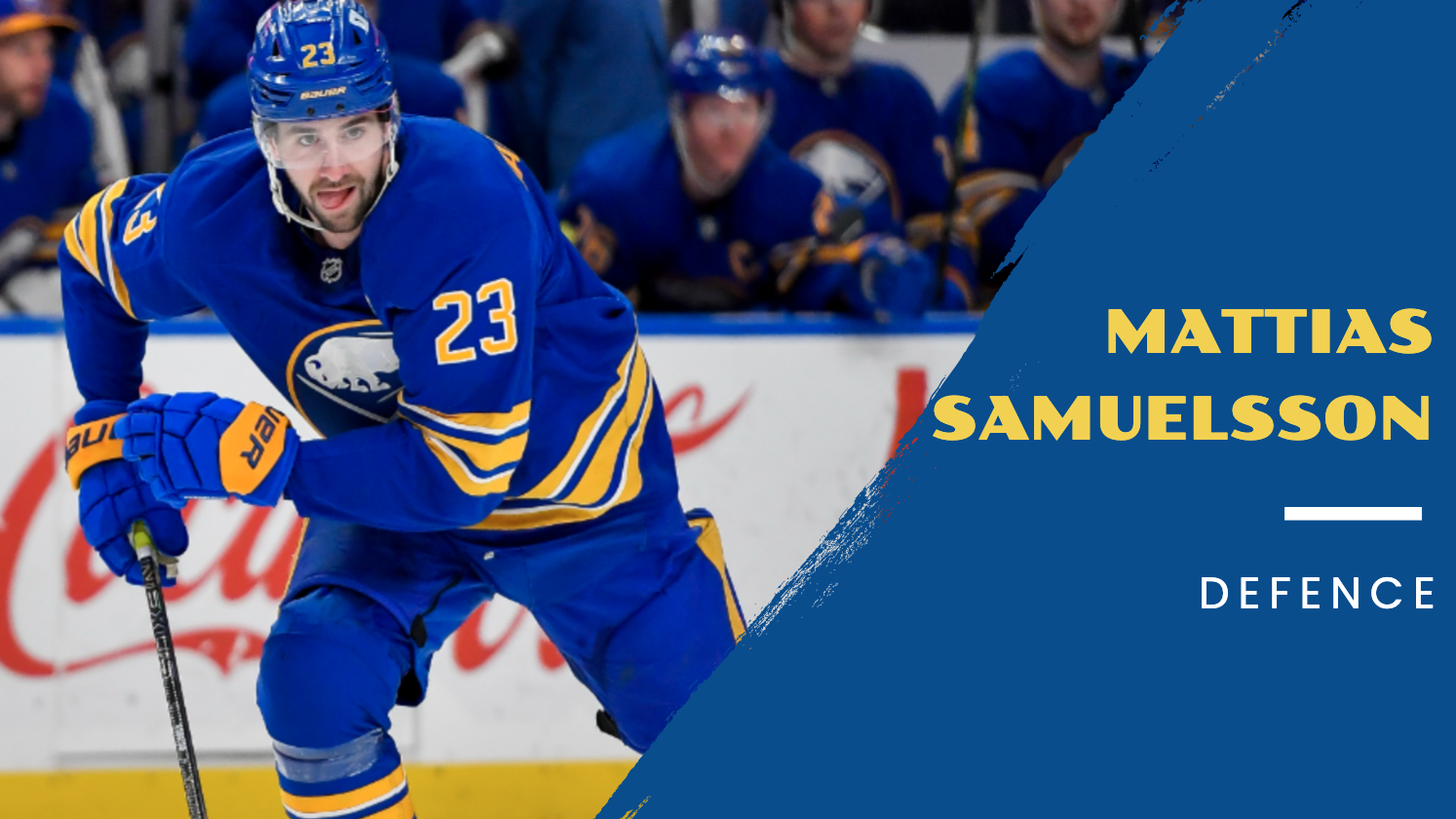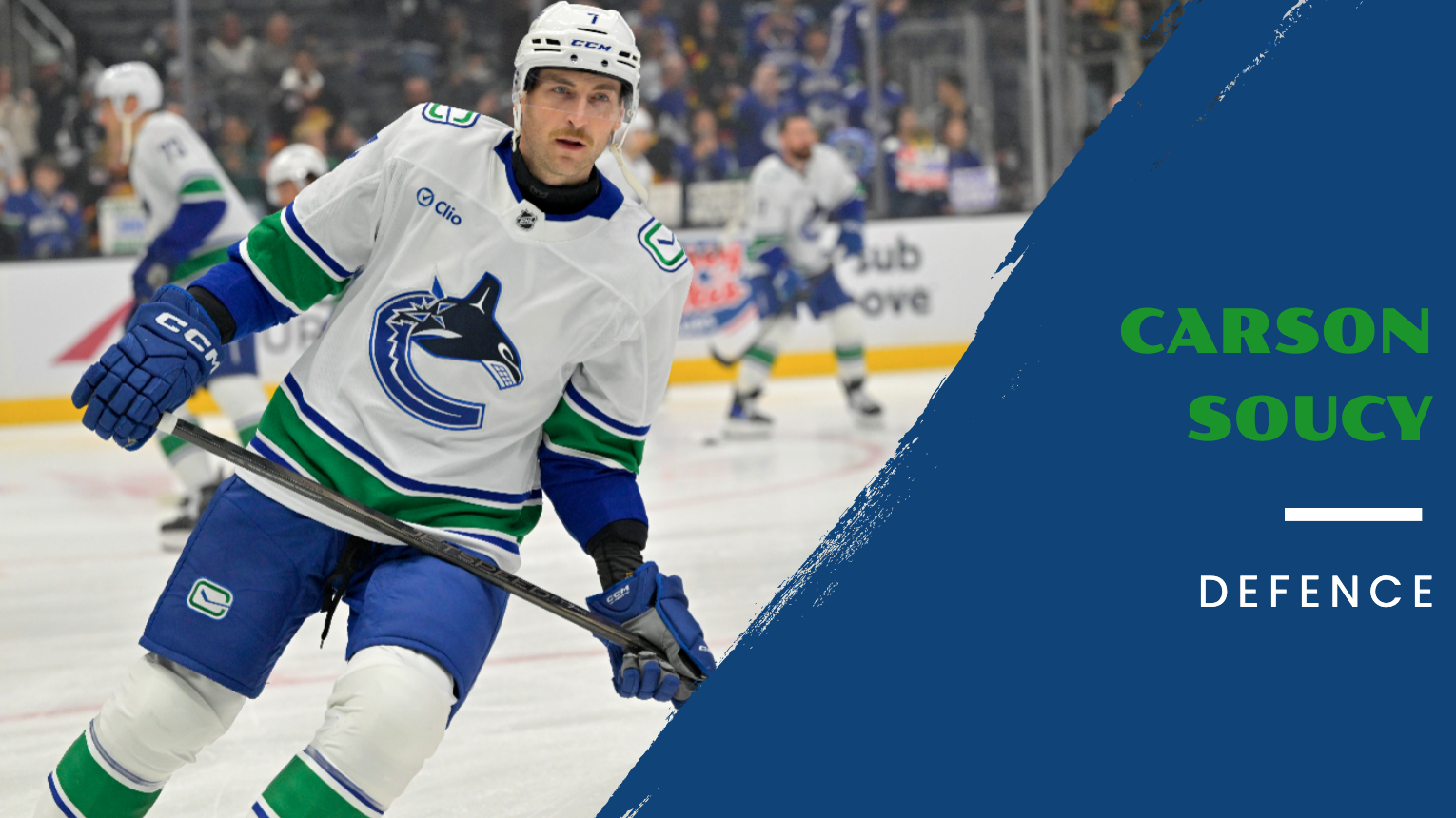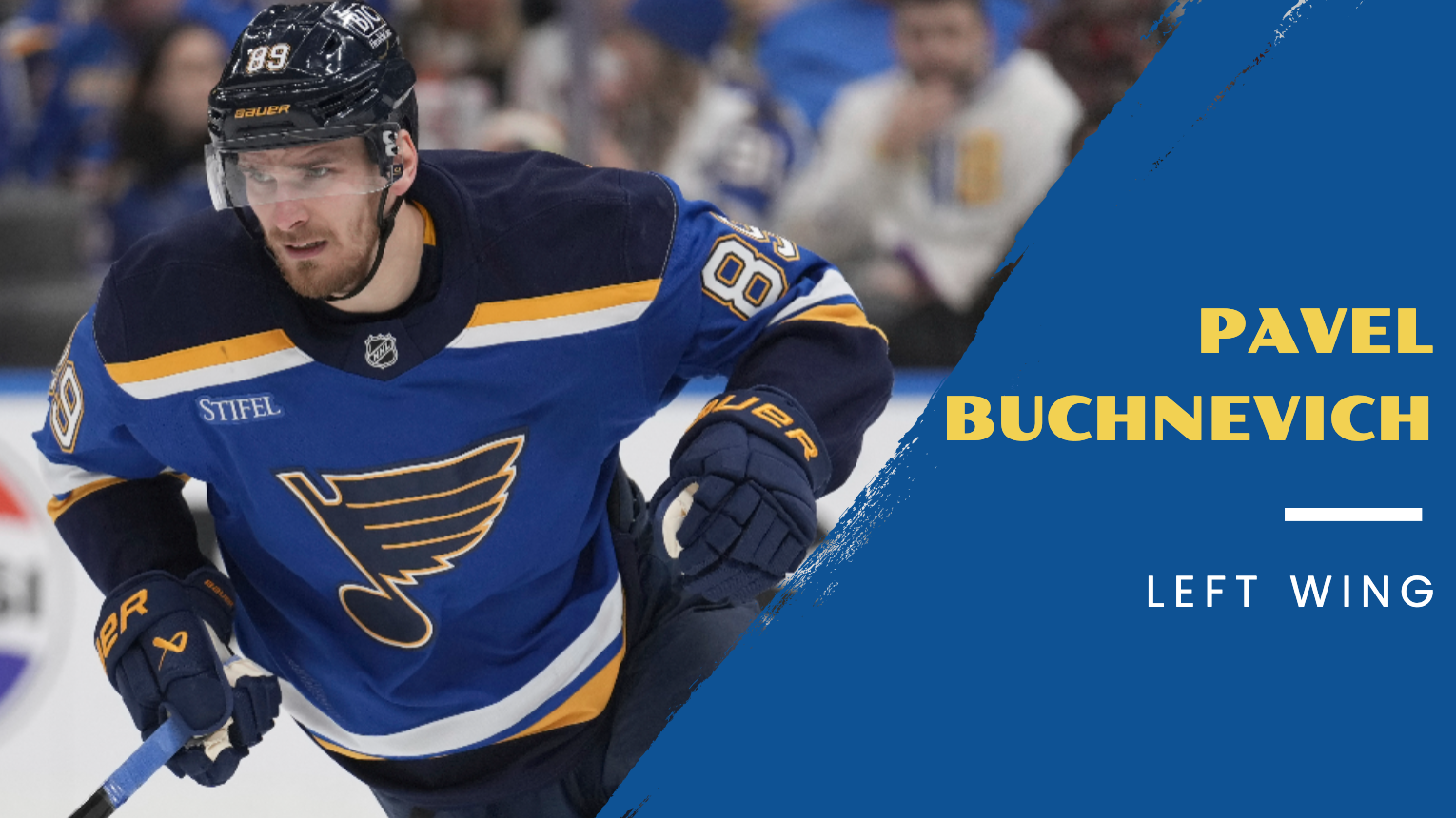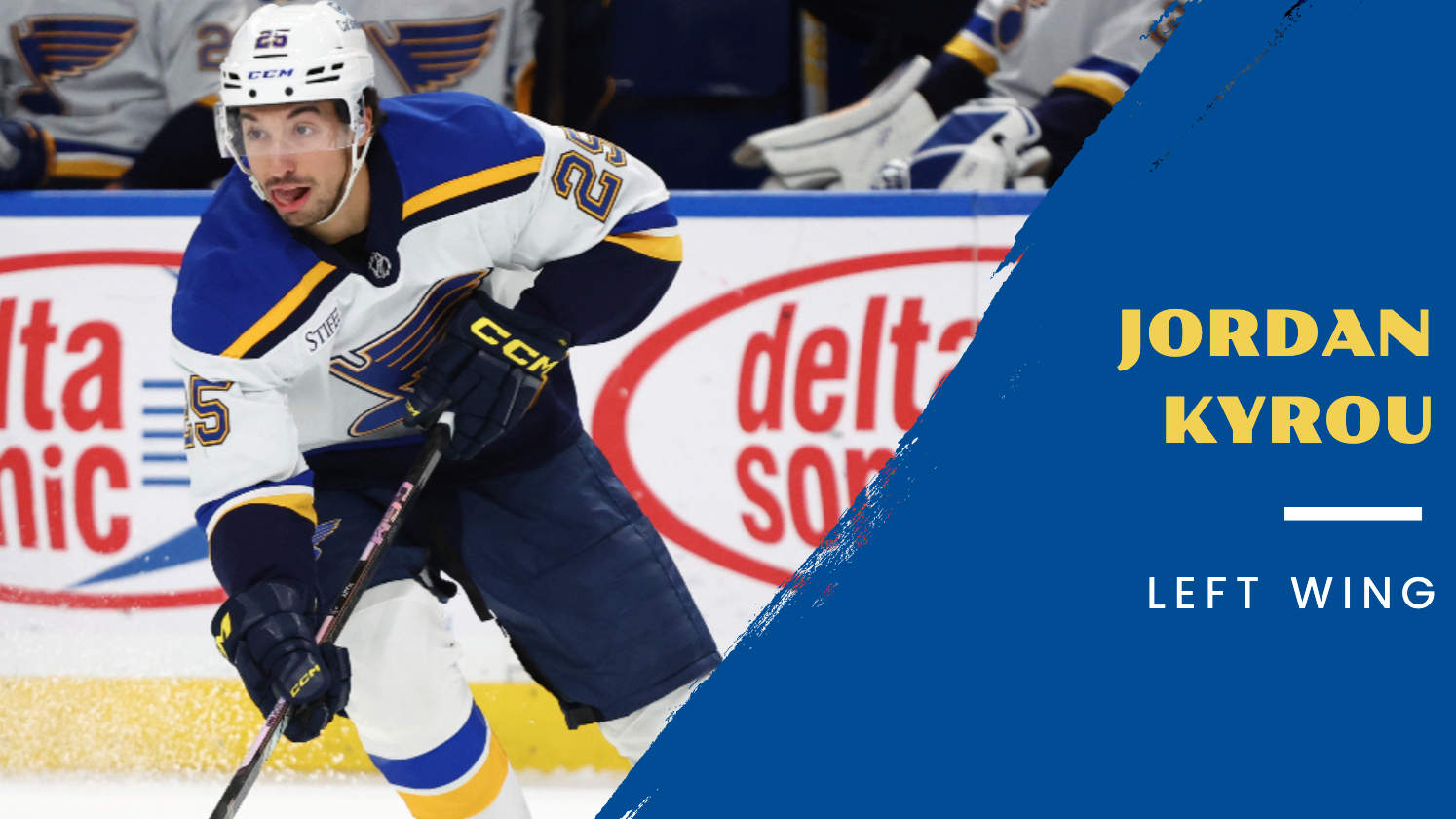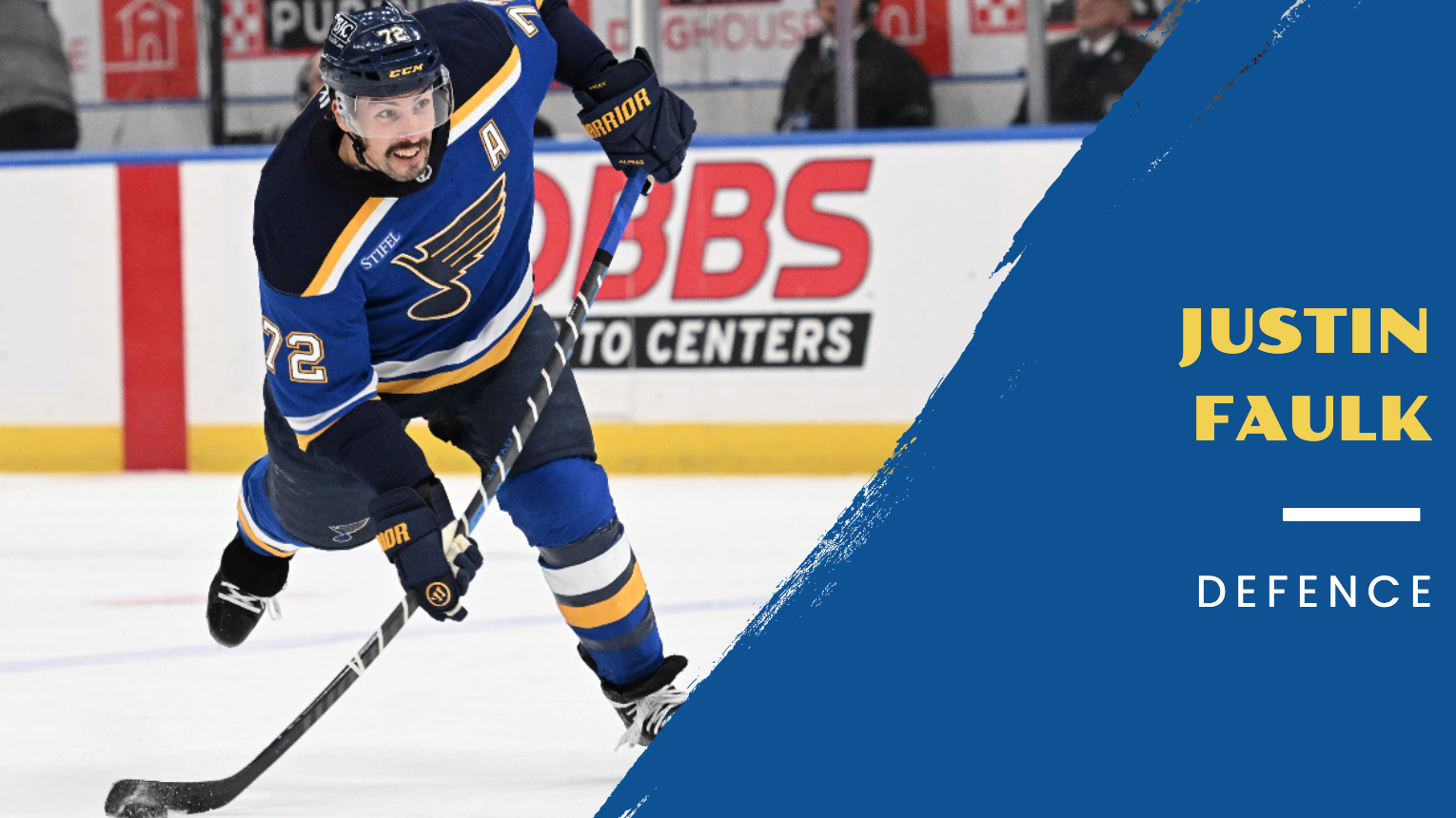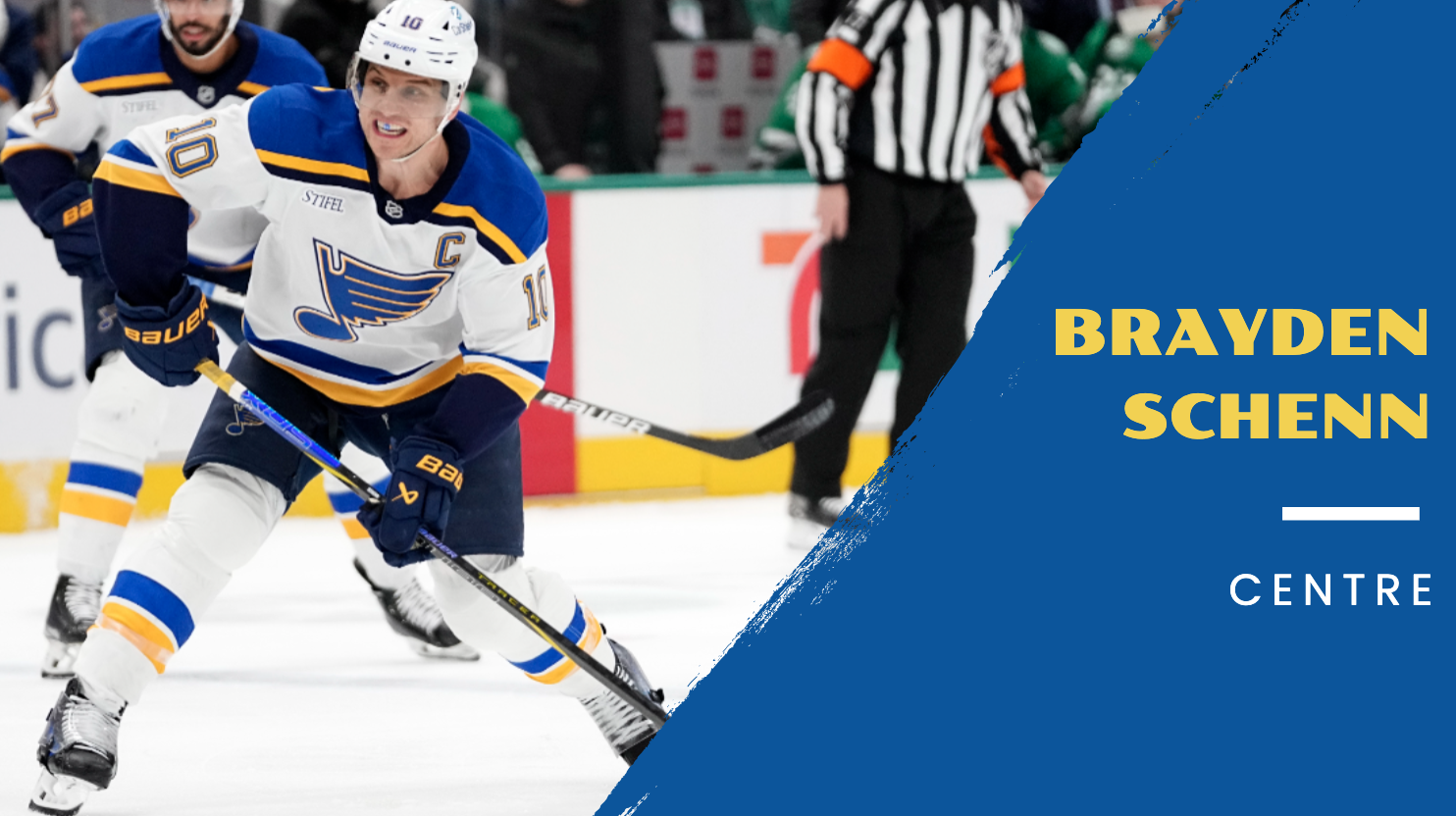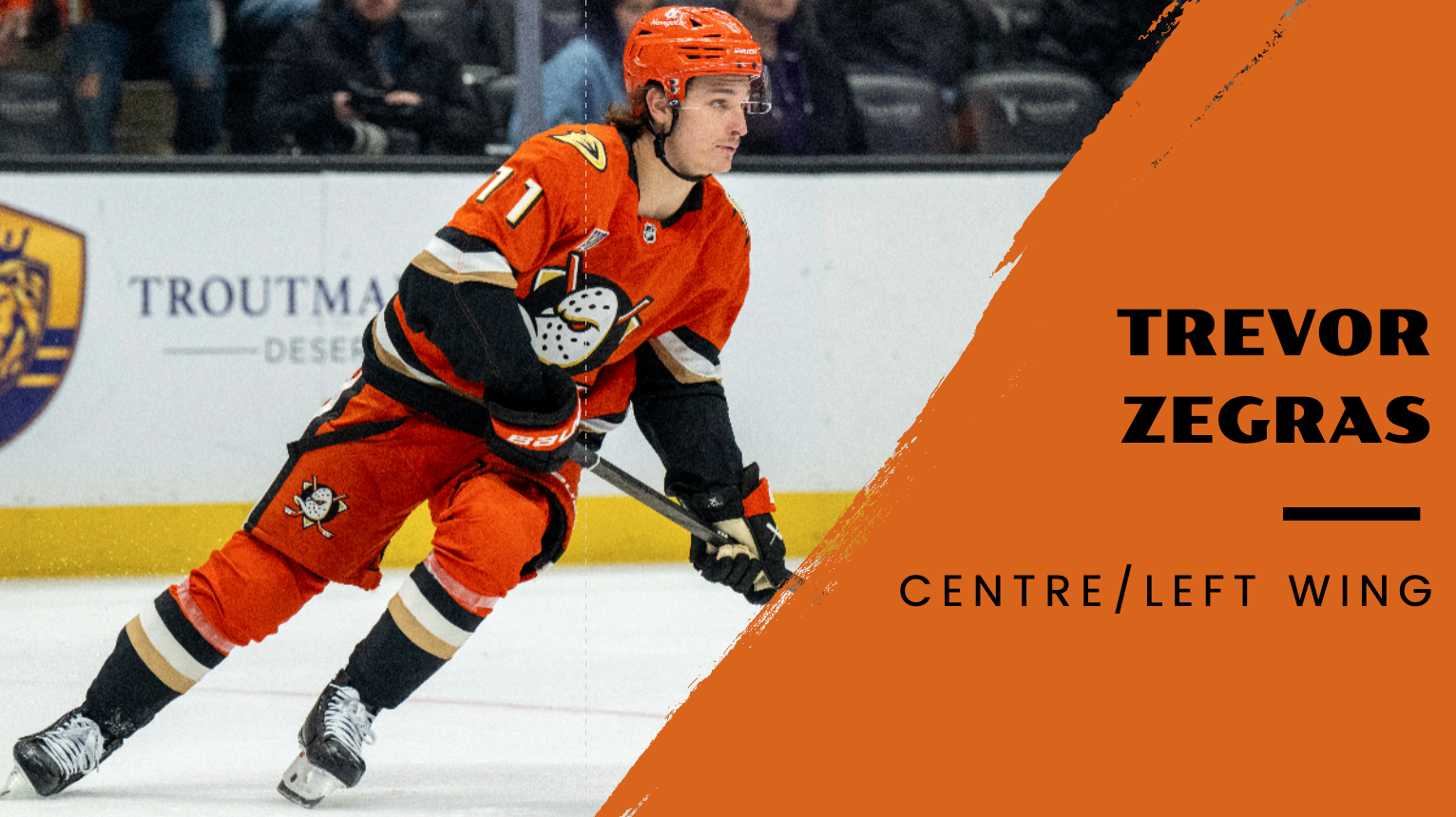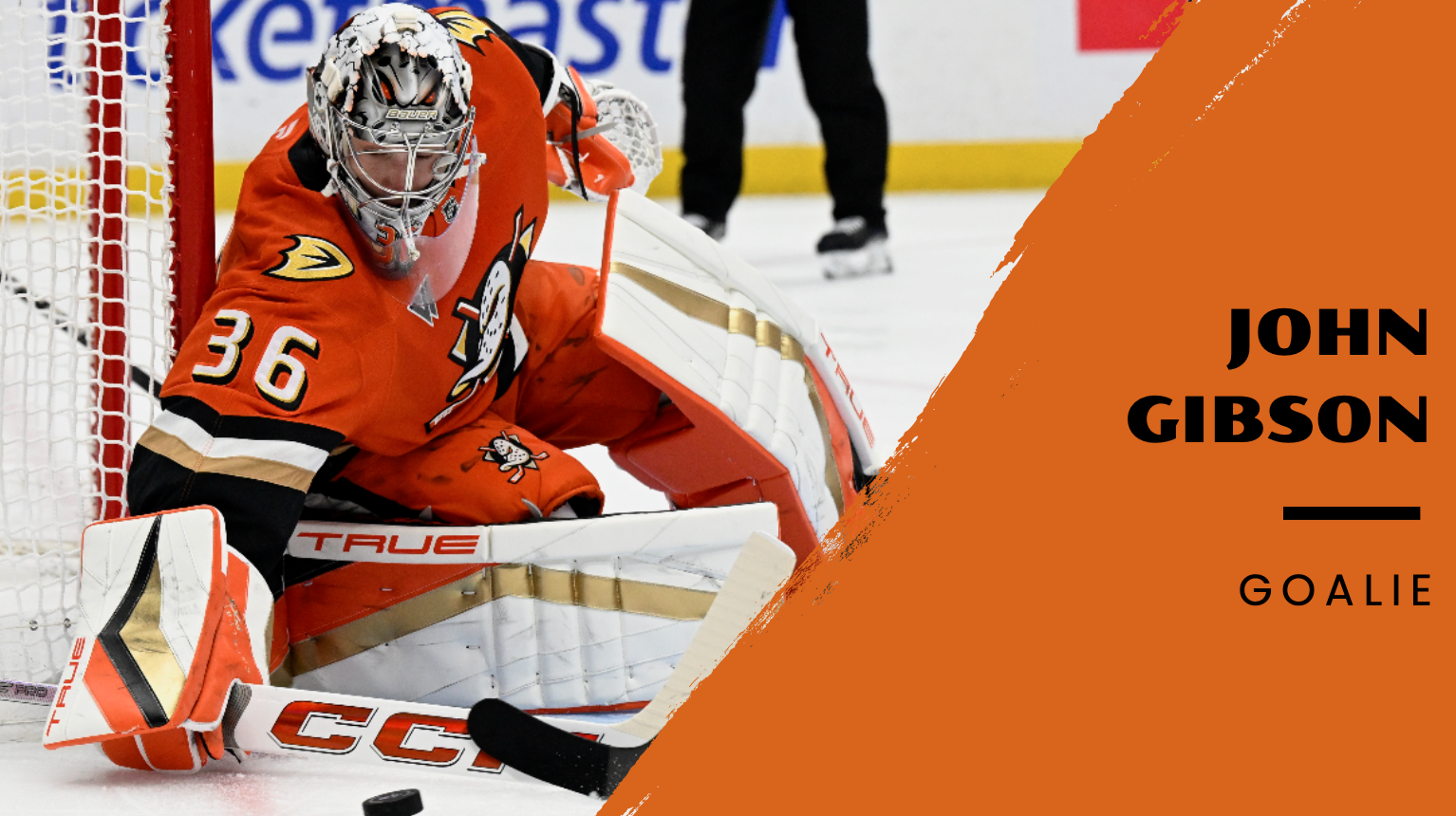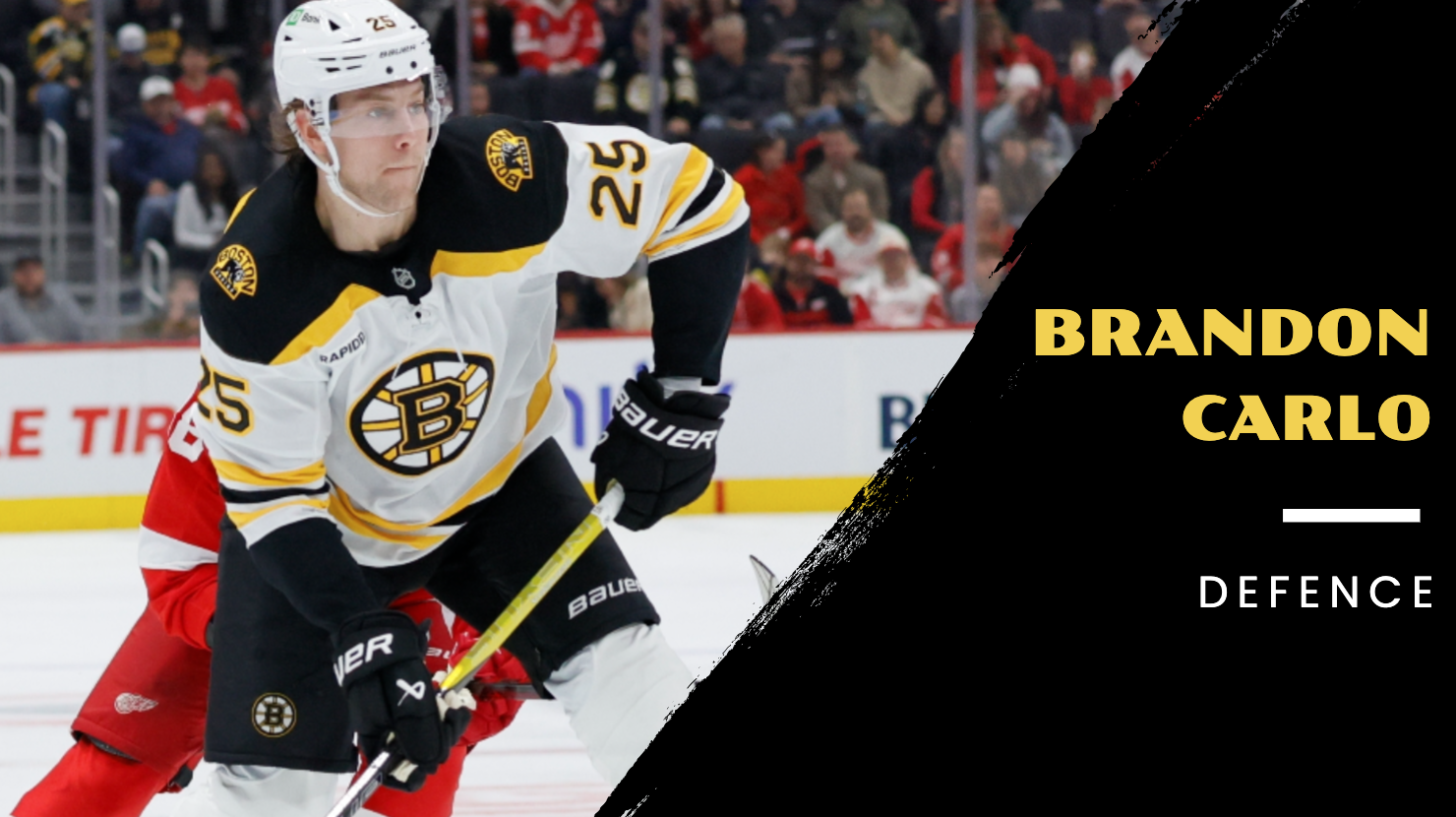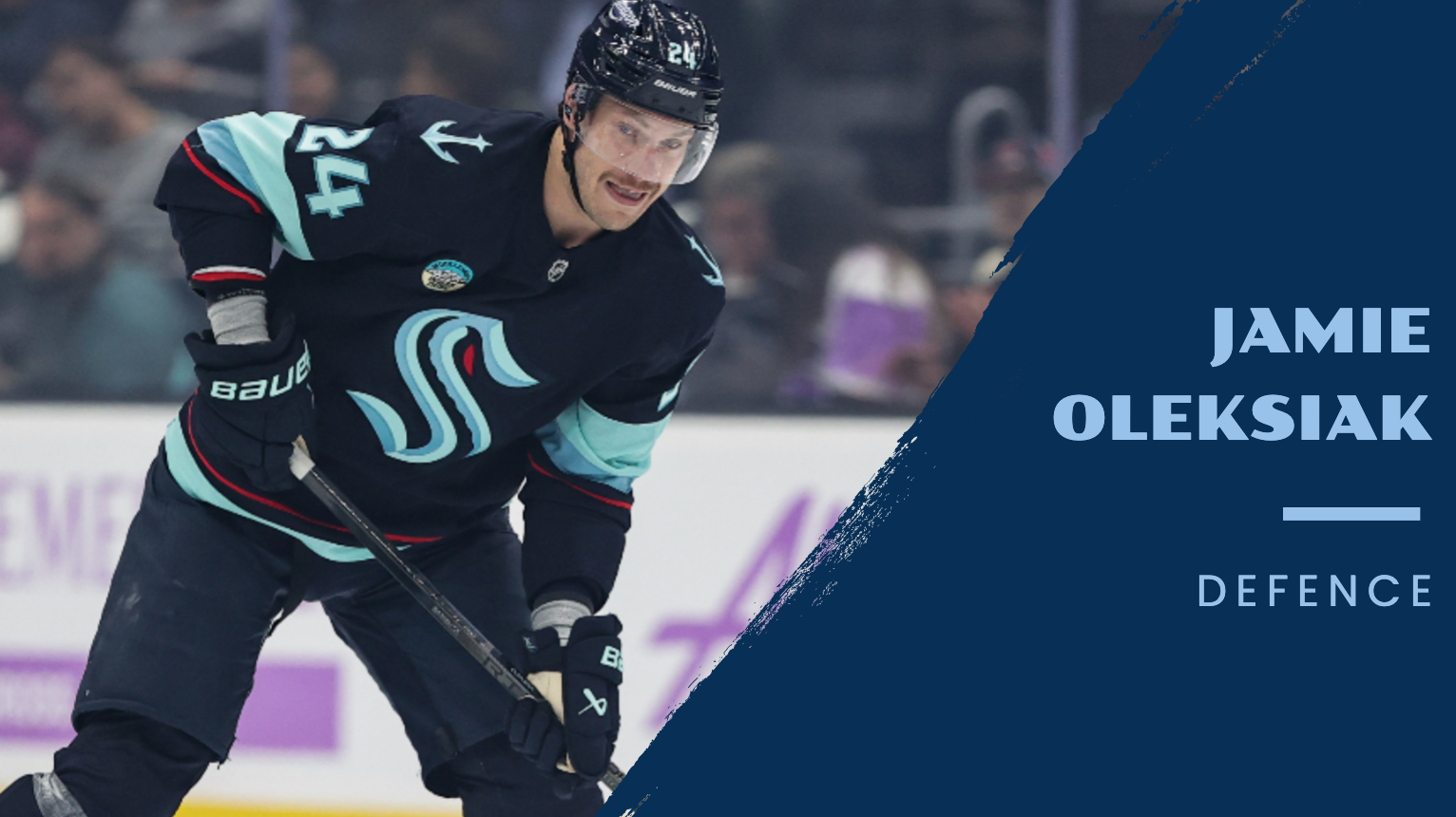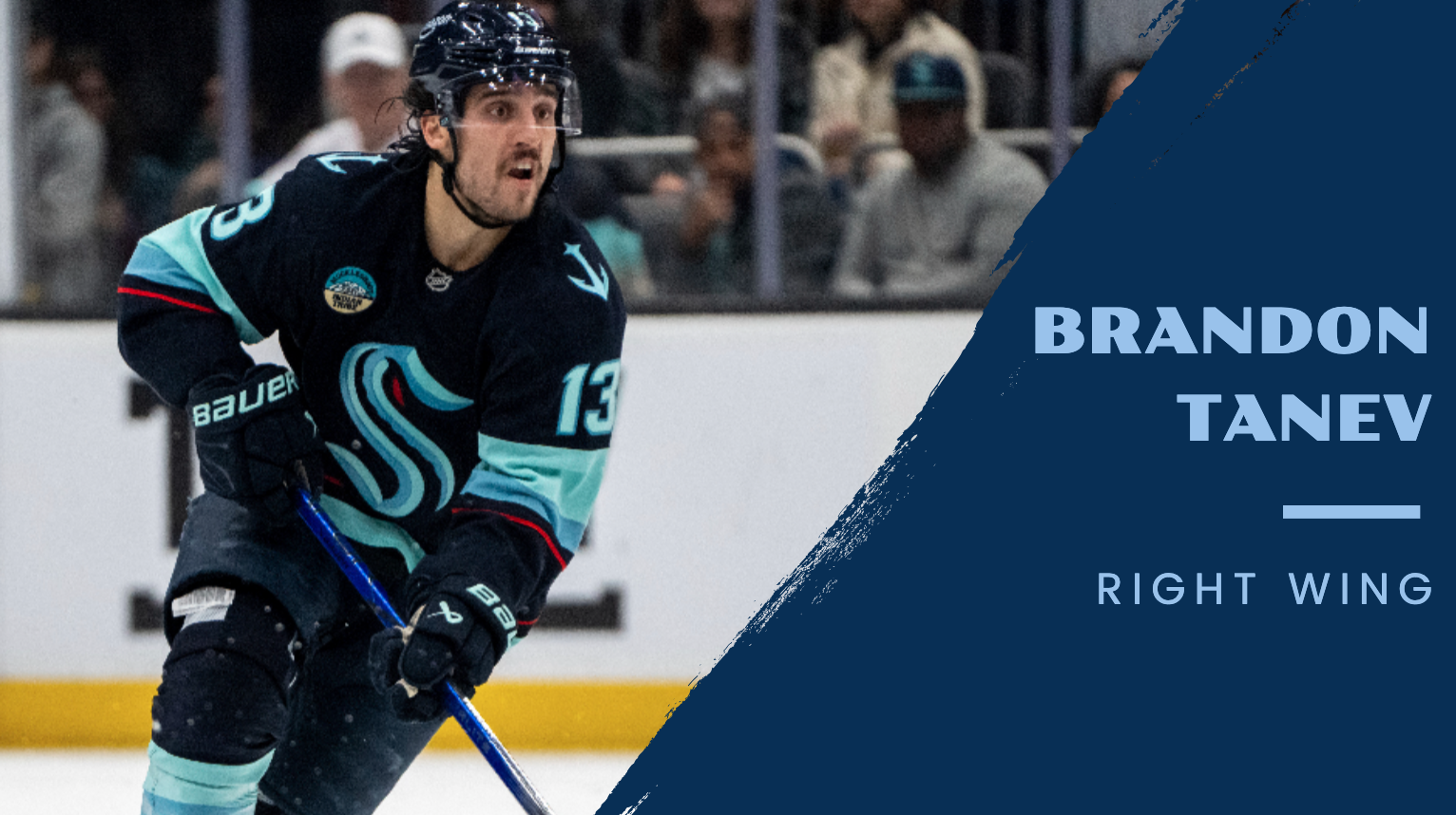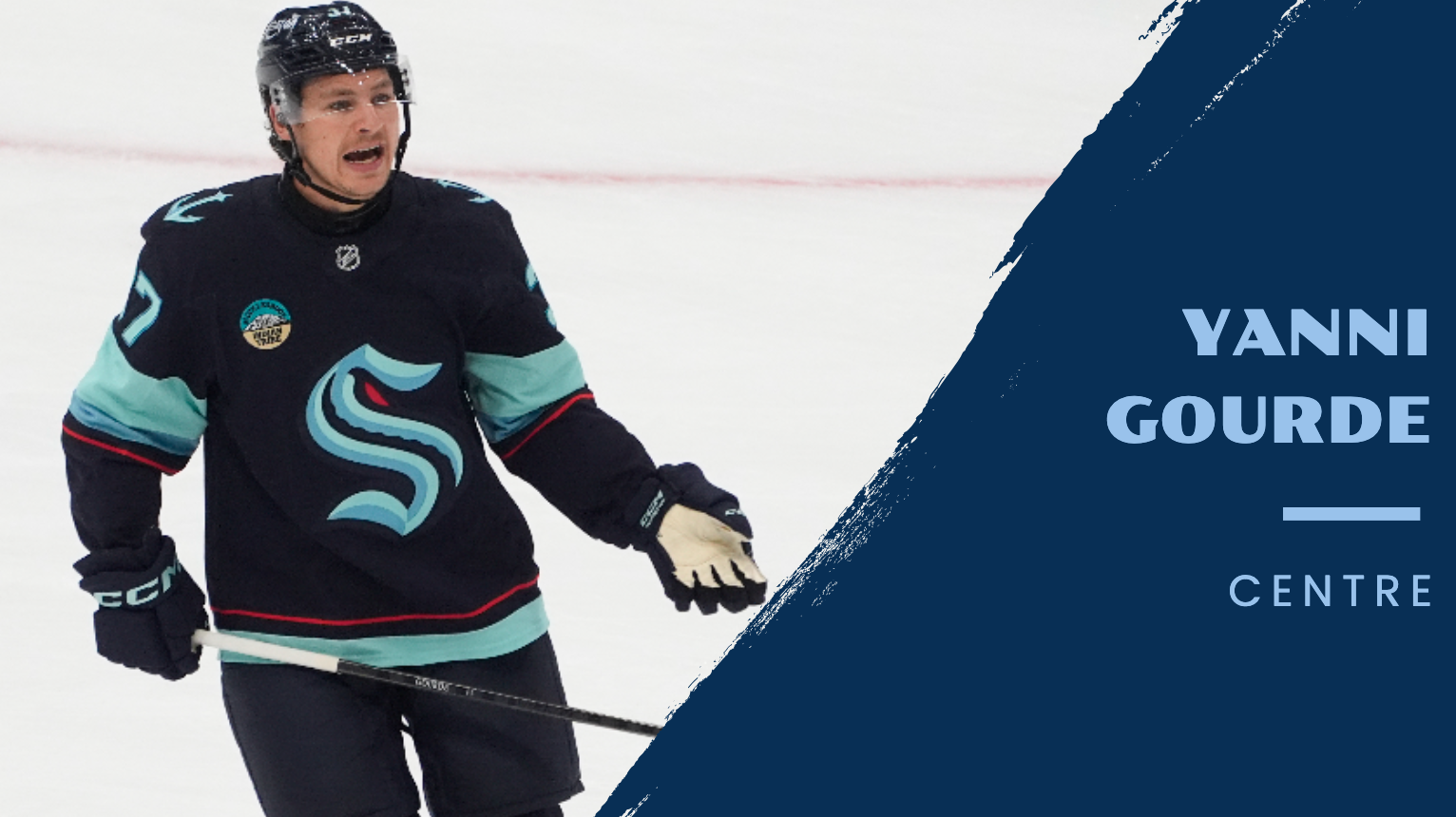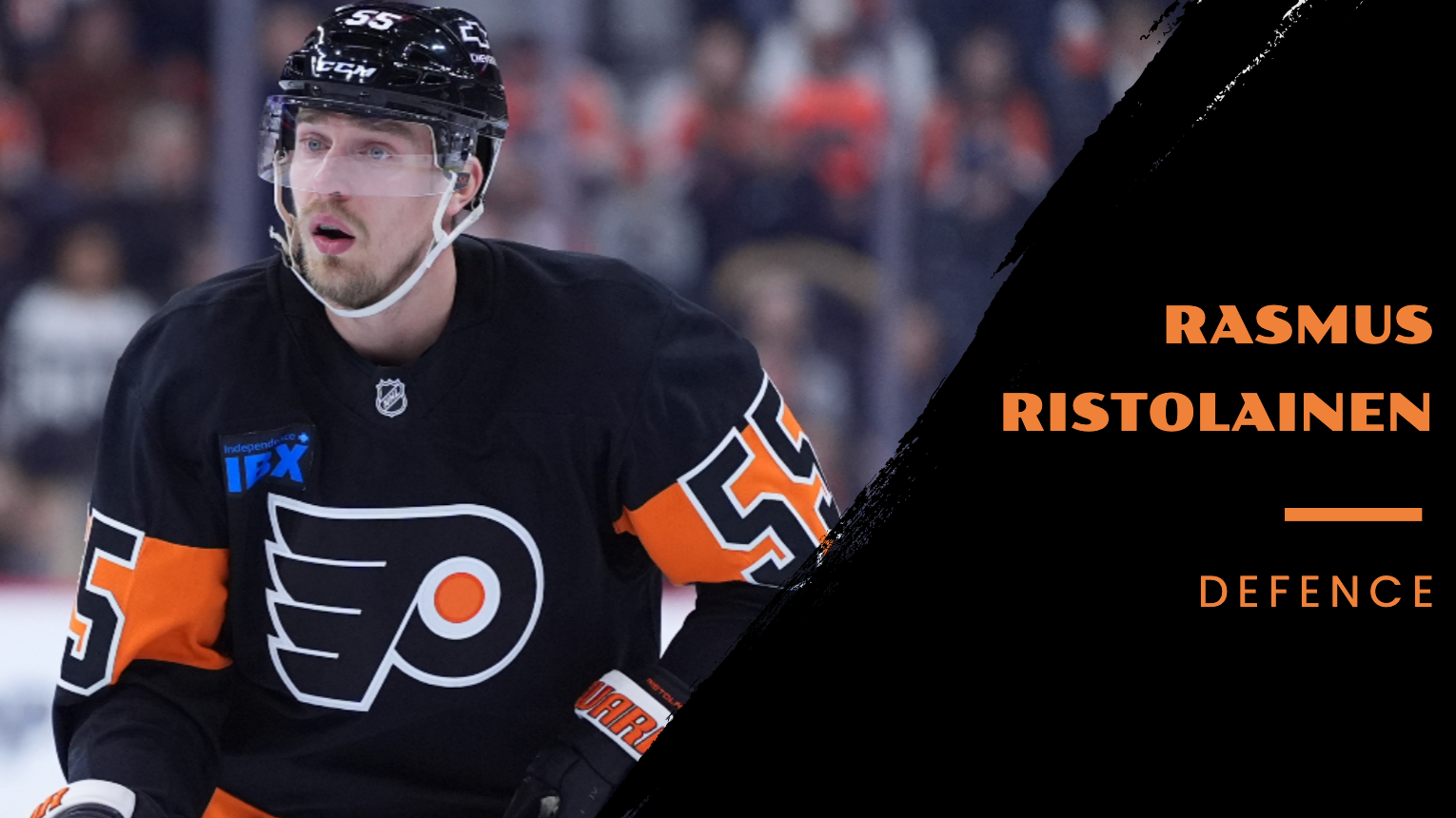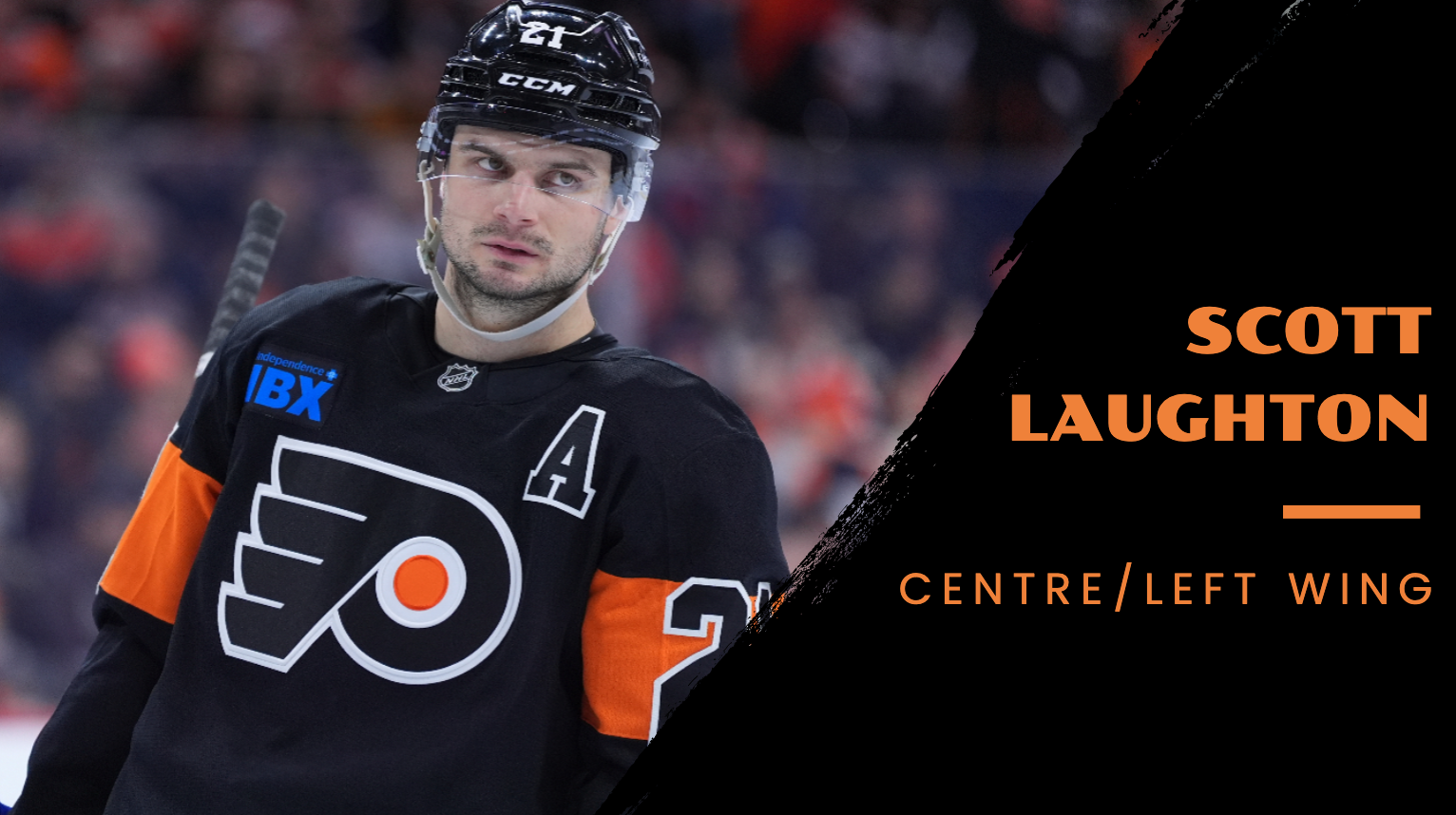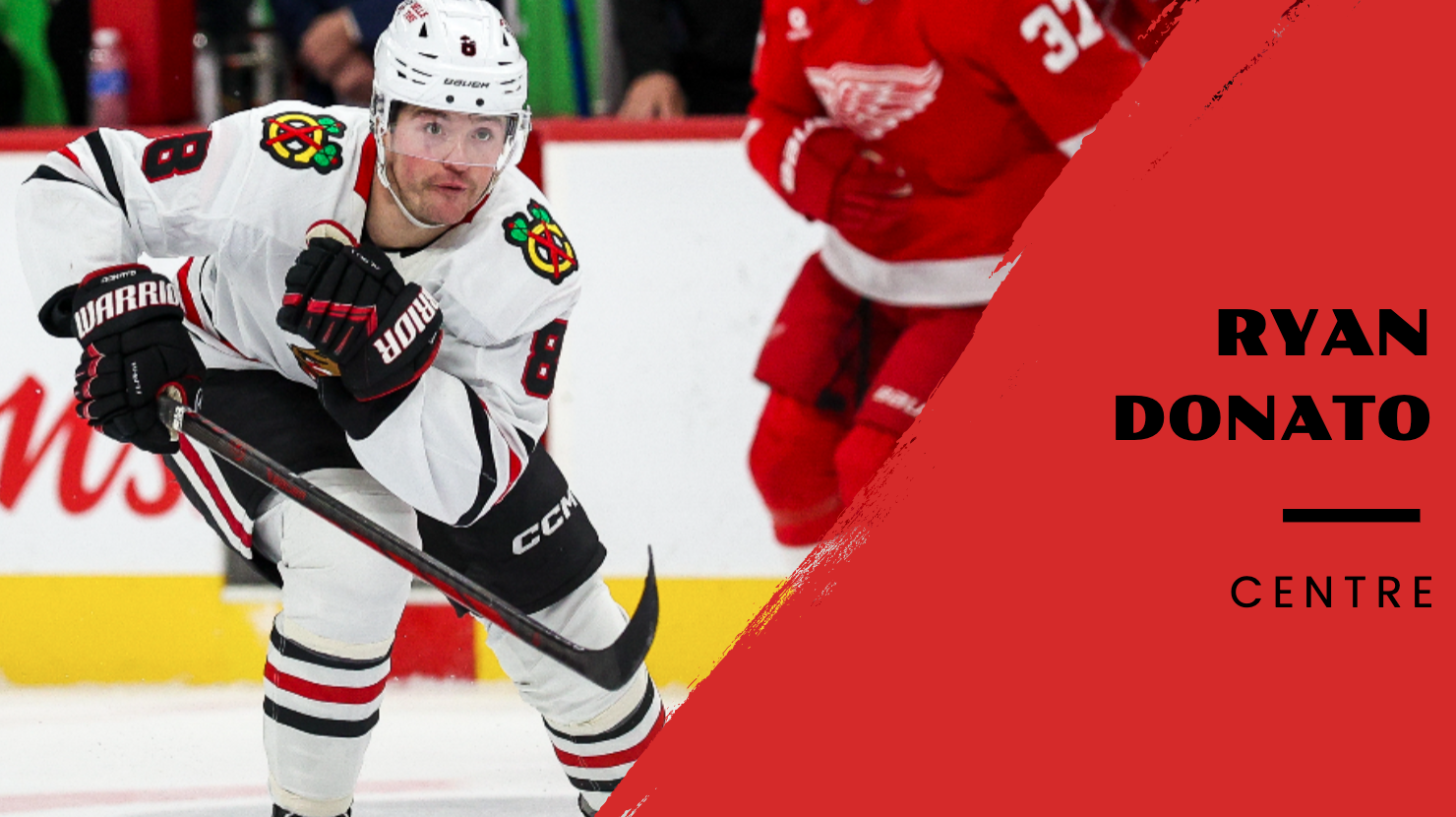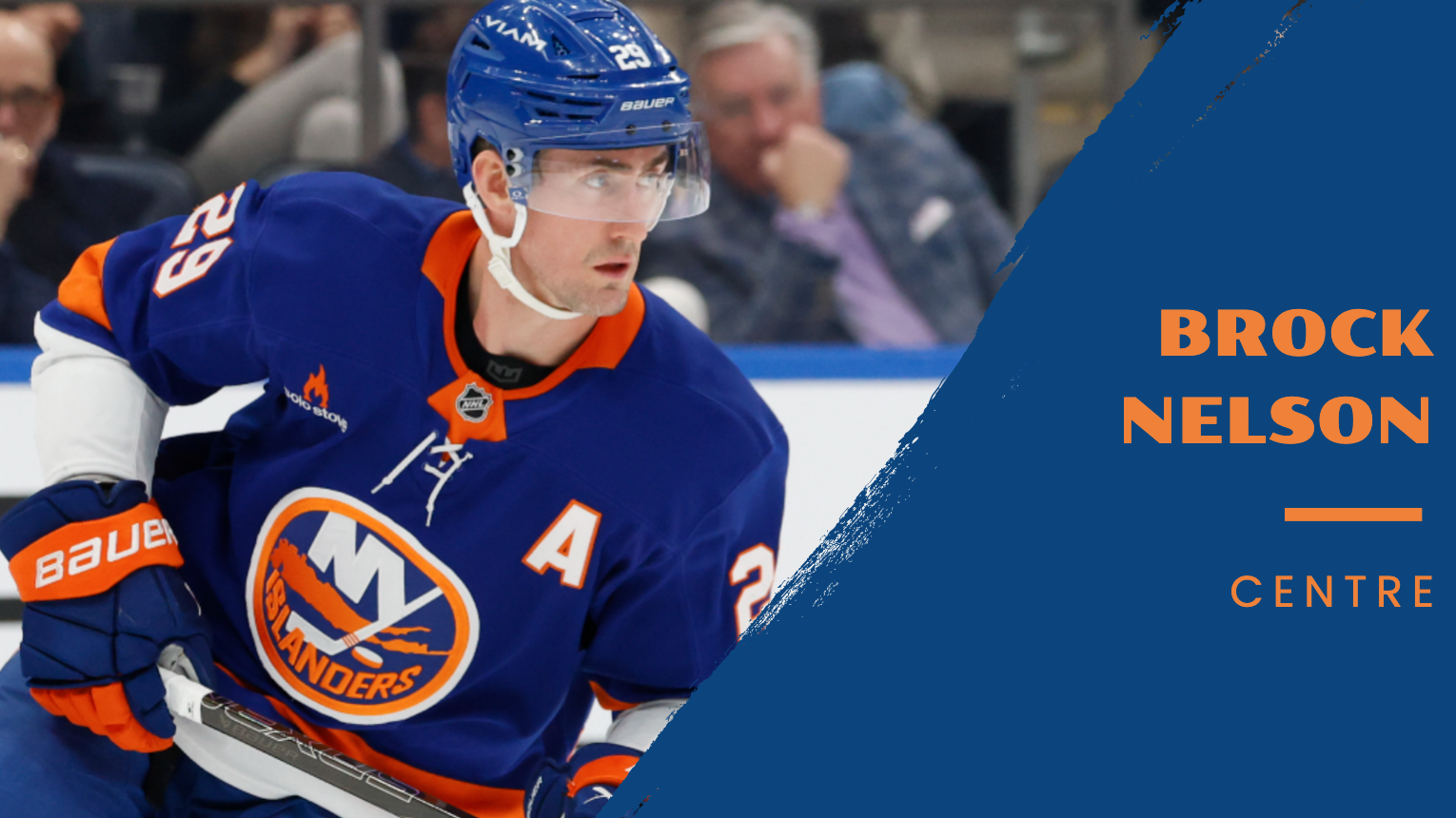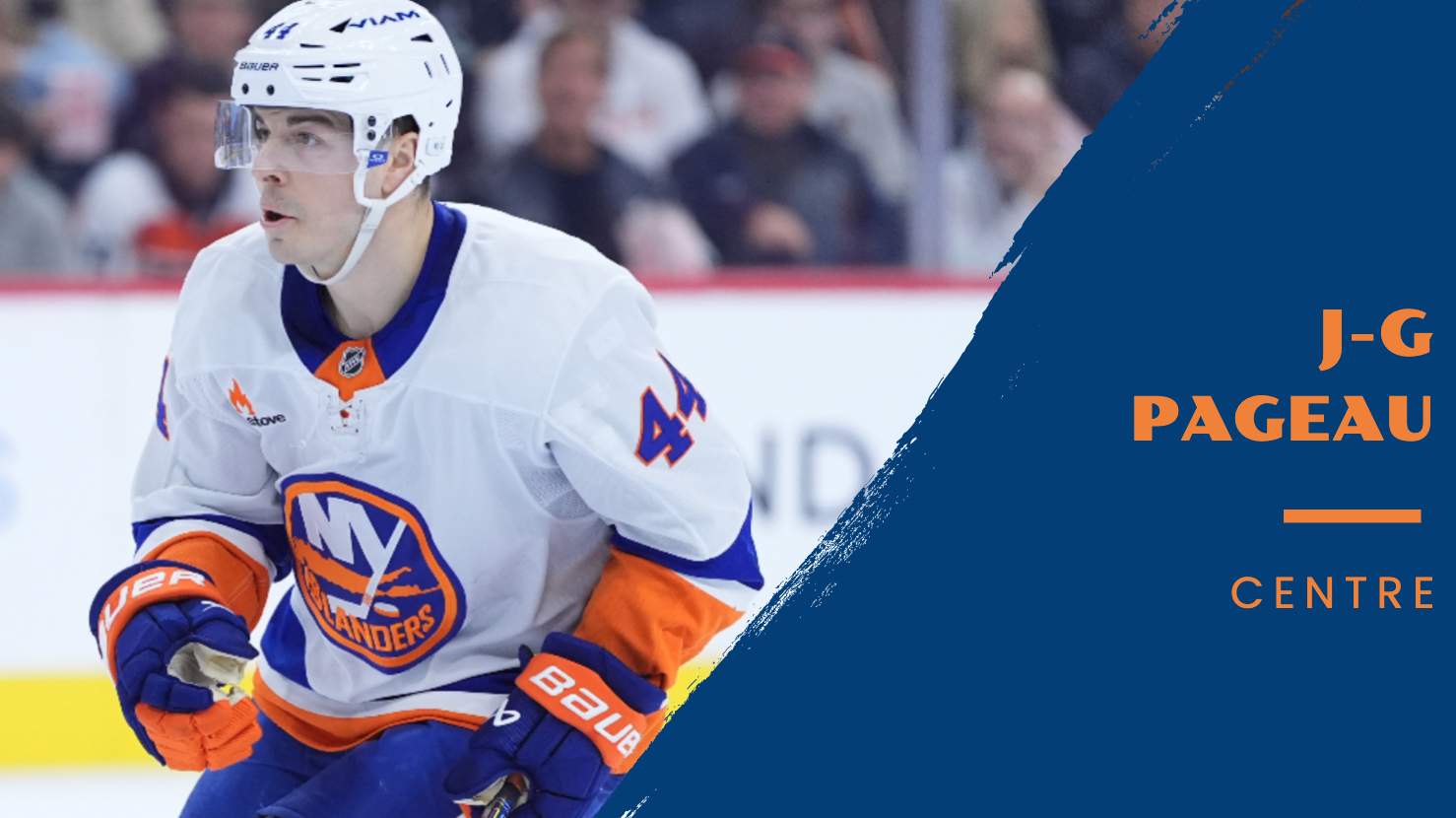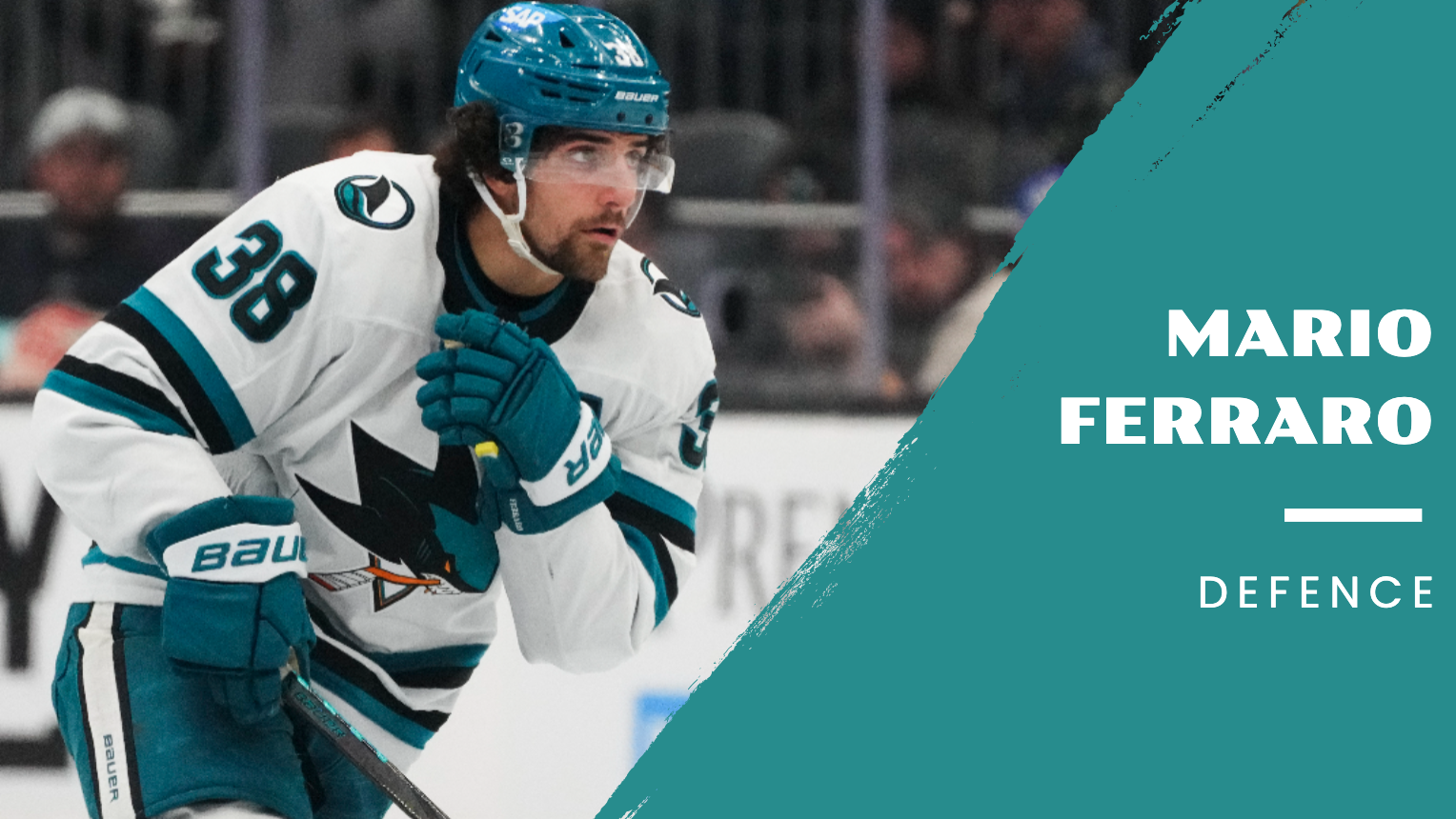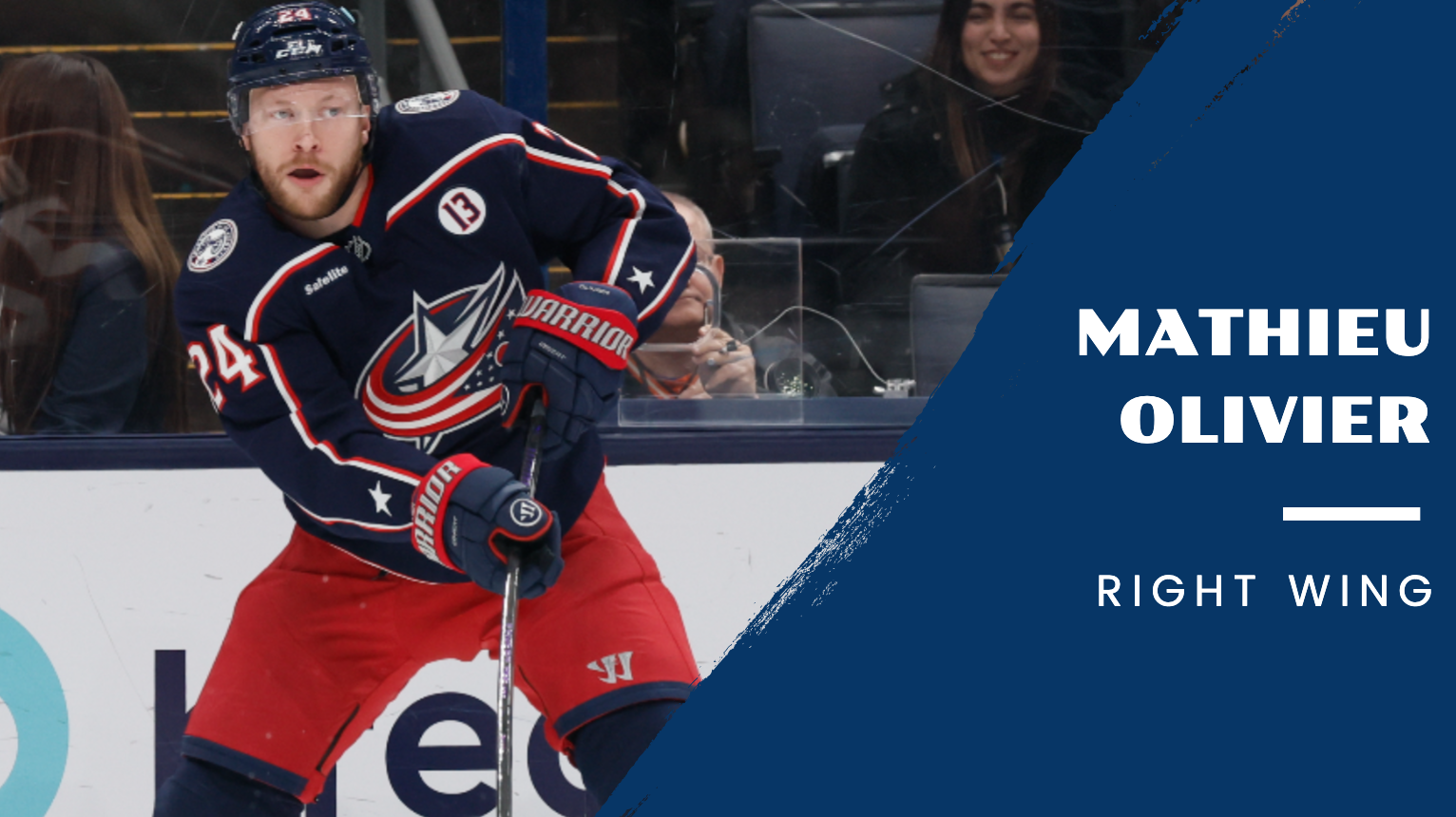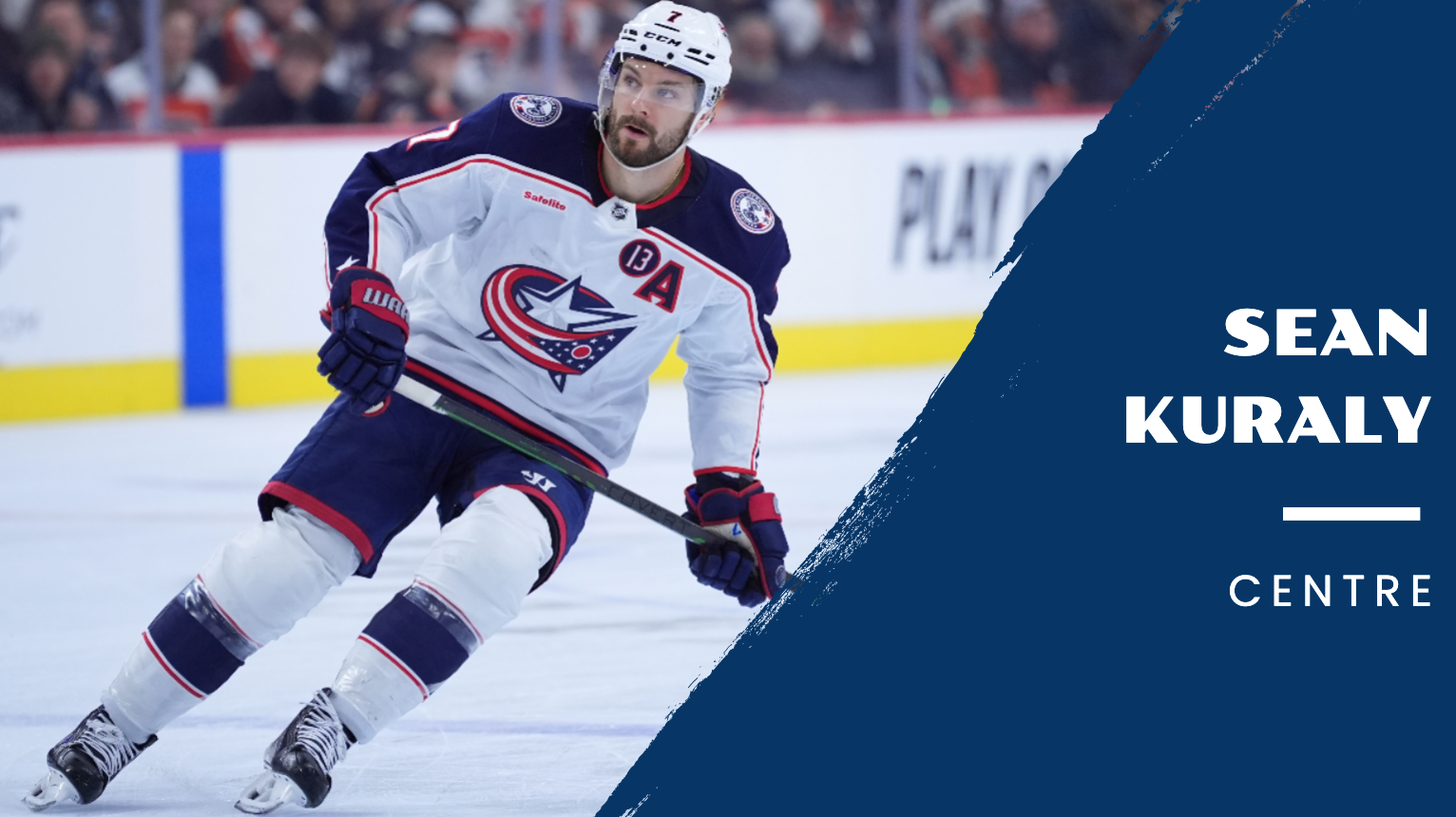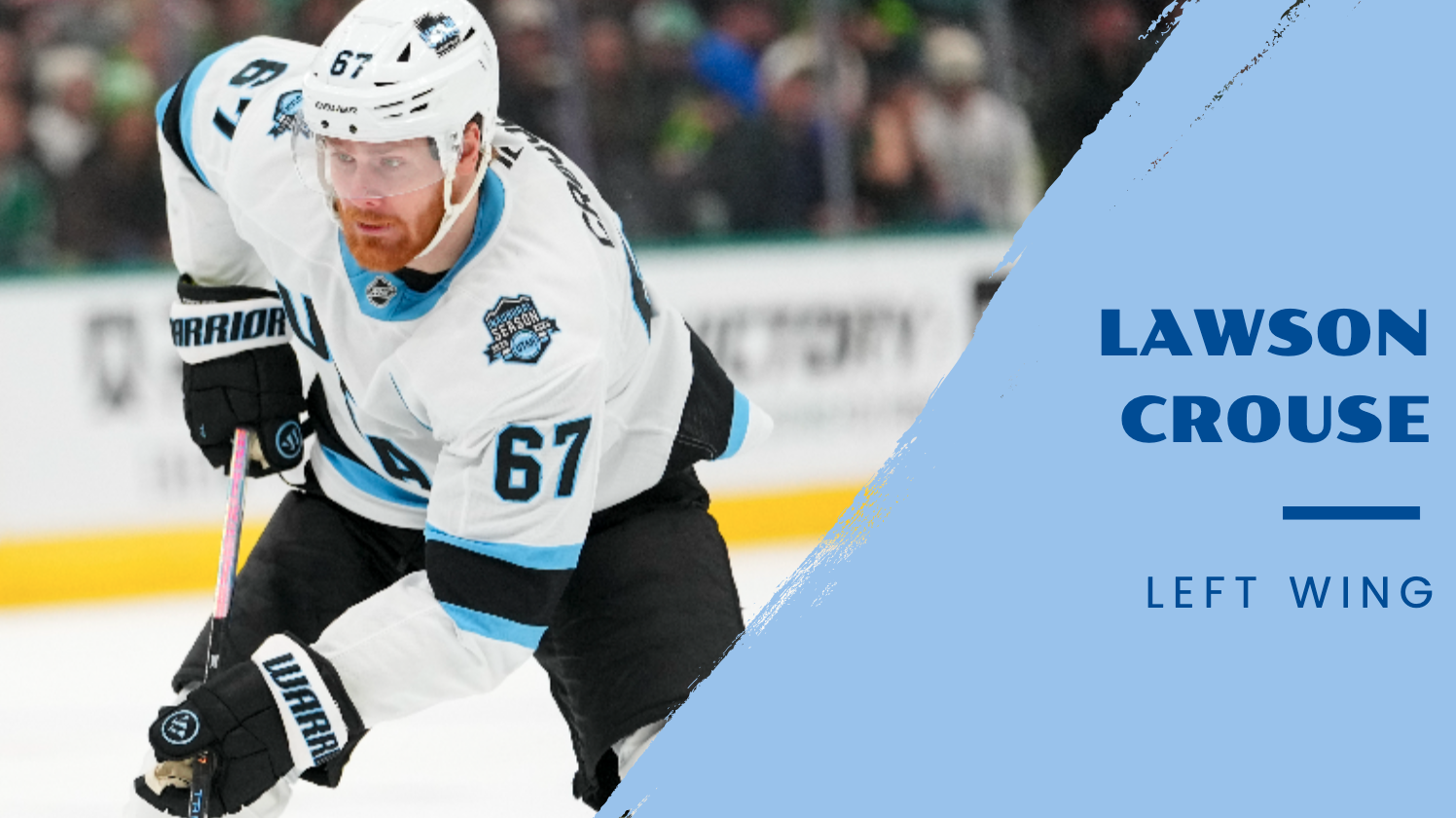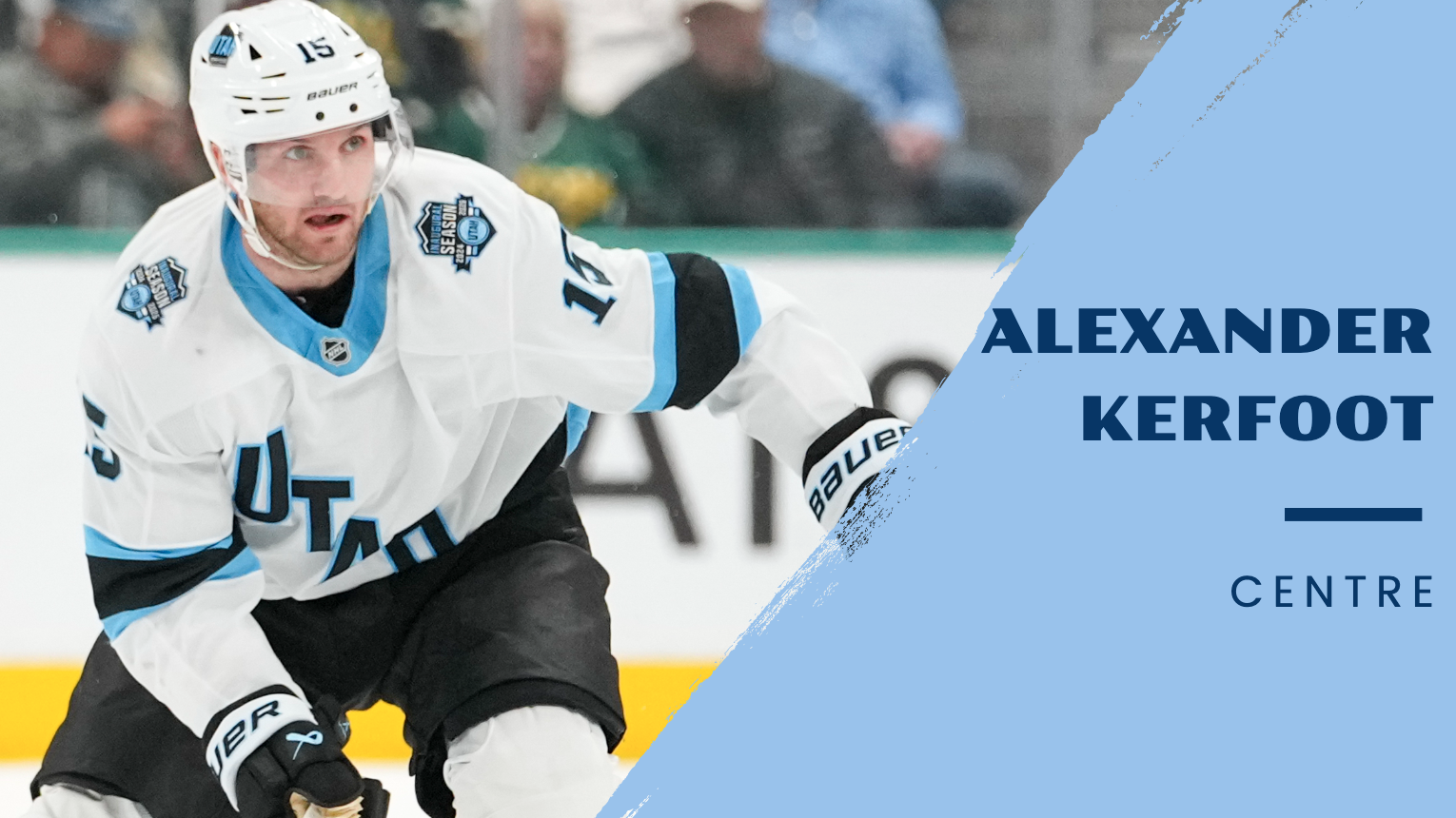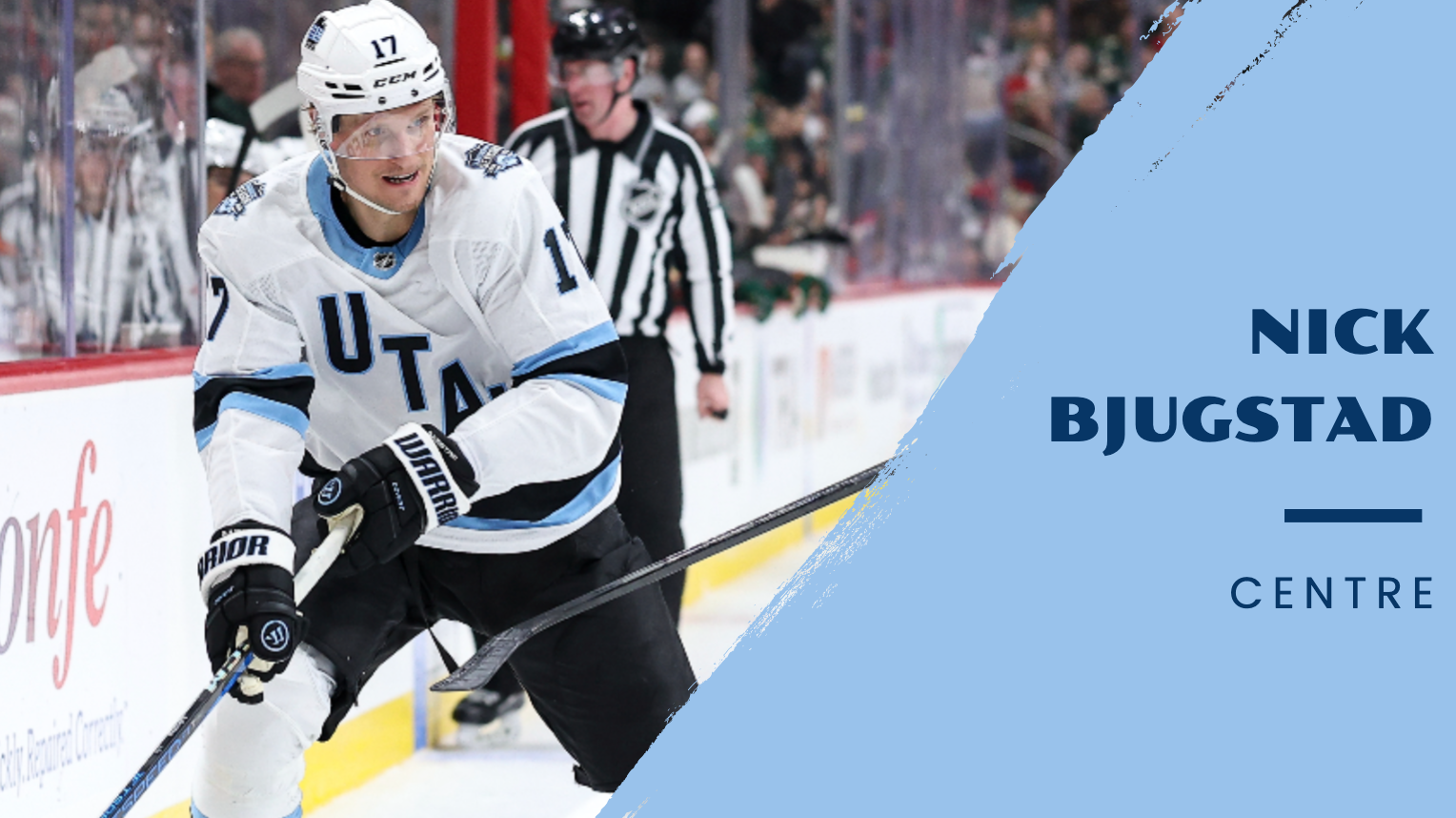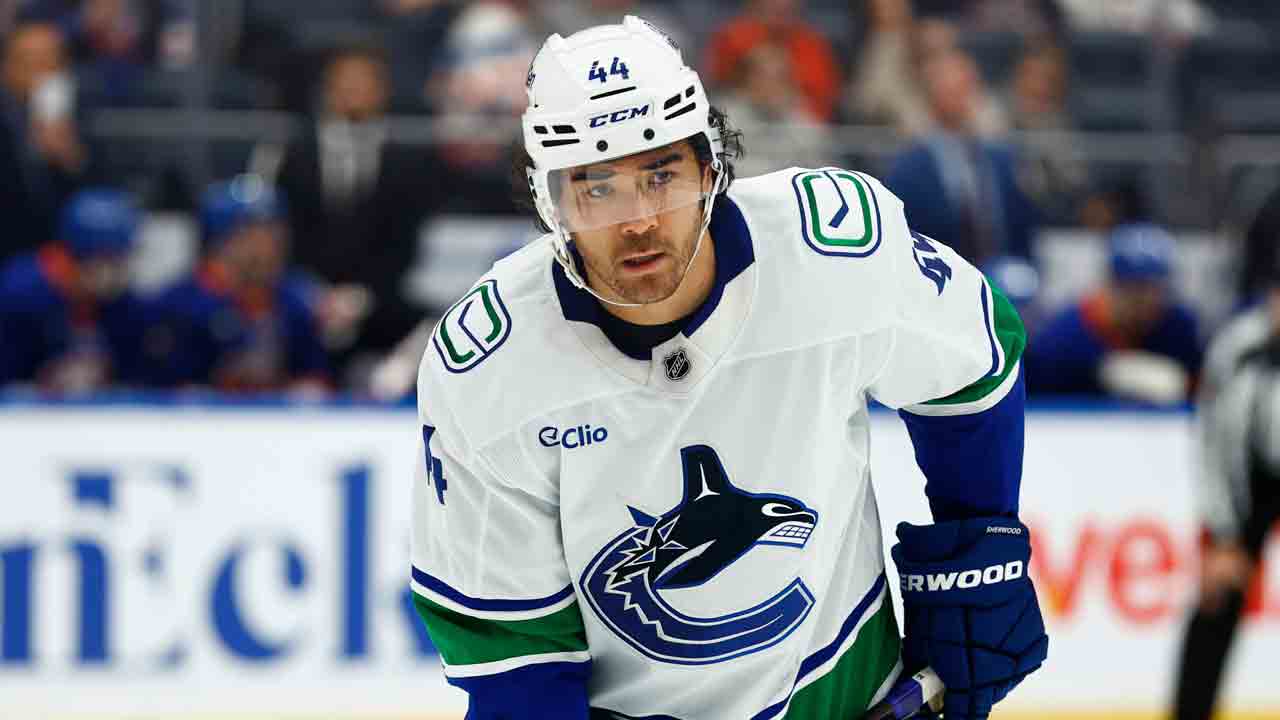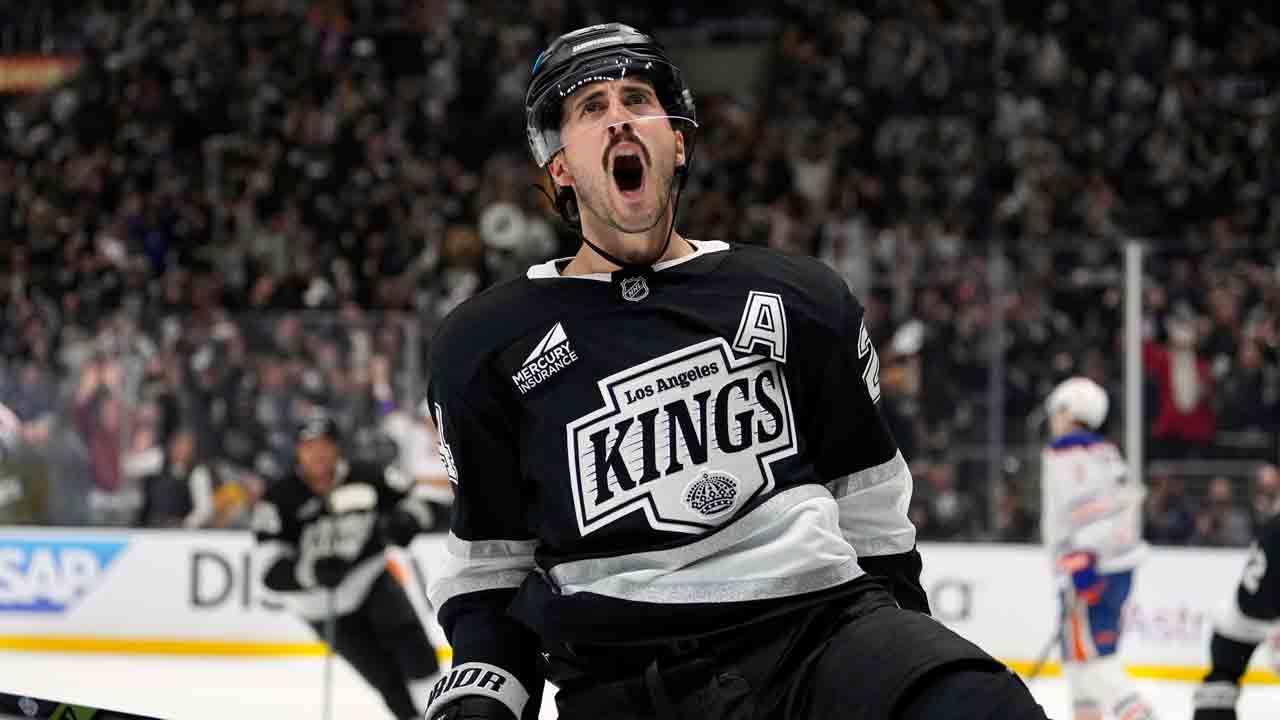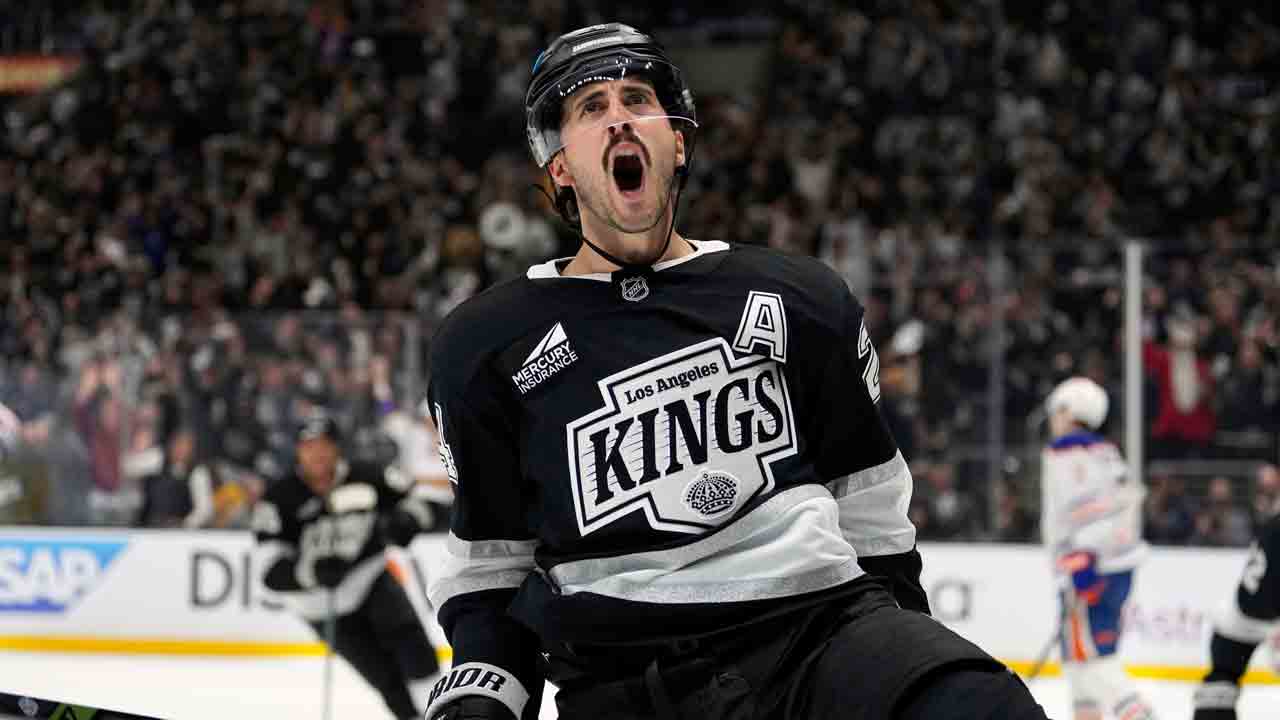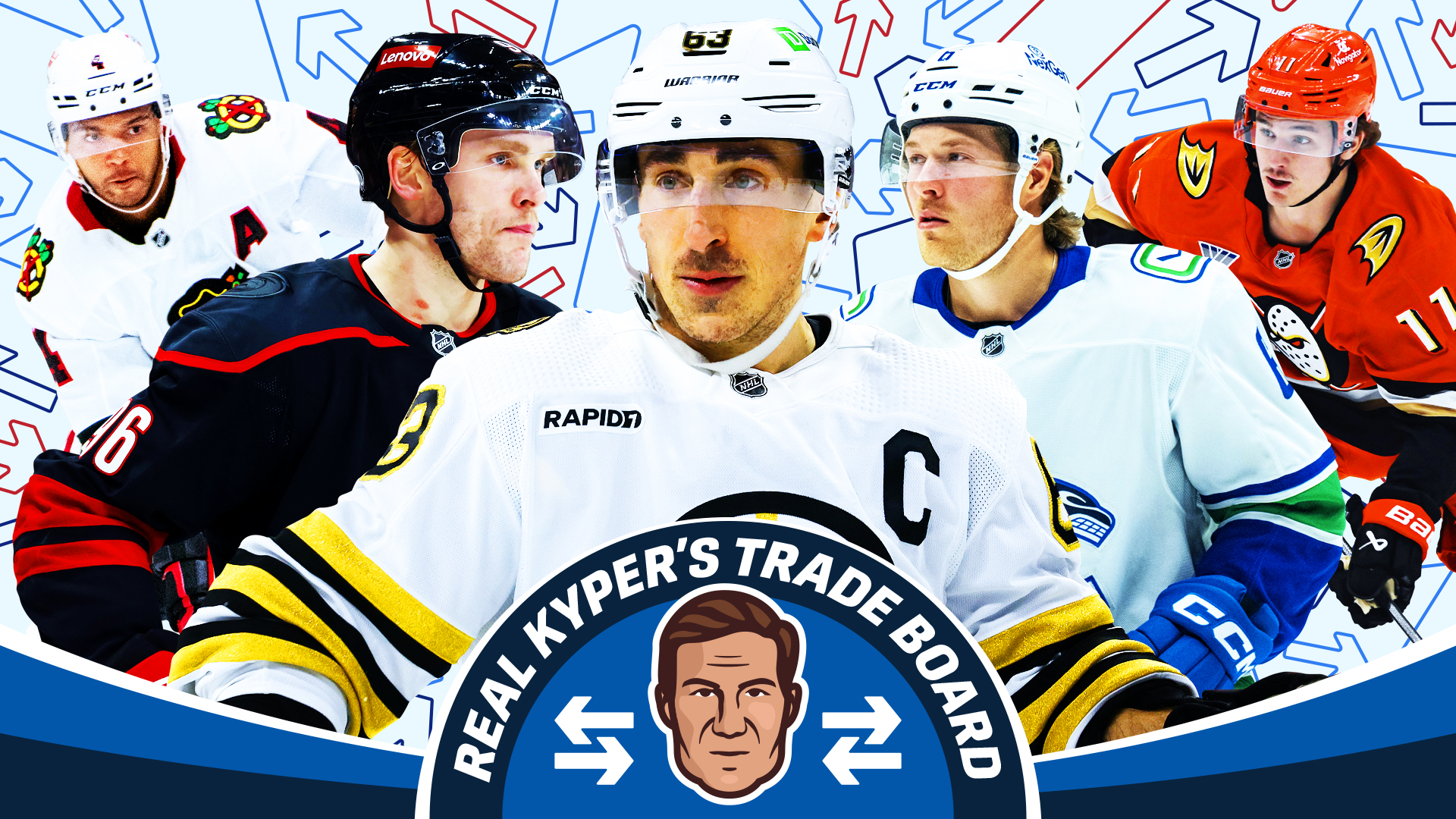
Here’s a new one I’ve never experienced in 25 years that I’ve covered the NHL trade deadline for Sportsnet: A player who gets traded and doesn’t come off the trade board.
That’s exactly where I’m telling you we’re at with star winger Mikko Rantanen. Presently on his second NHL team in Carolina after Colorado moved him on Jan. 25, don’t sleep on this guy moving yet again on what may be one of the more memorable NHL trade deadlines in recent history.
With Rantanen and J.T. Miller already in different uniforms, we are currently experiencing a pro sports trade world that’s getting more and more unpredictable by the day — and this goes beyond the NHL. Just over the weekend we saw a blockbuster trade in the NBA that sent megastar Luka Doncic to Los Angeles. If these game-changing deals involving massive contract implications have done anything so far, it’s caused every pro team to take another look in the mirror when it comes to re-evaluating their top assets.
All together, this just may end up being one of the most memorable pro sports trading seasons we’ve ever seen. And that’s why we won’t take too many players off my latest NHL trade board going into the 4 Nations break next week.
Despite so many teams still in a playoff hunt we’ve learned that some teams are starting to run out of patience. That includes Seattle’s Ron Francis, who’s constantly getting calls about his defencemen, and St. Louis’ Doug Armstrong, who’s thinking about accumulating more young assets for when Alex Steen takes over the GM job in 2026. We hear that multiple Blues players could be moved if Armstrong feels the time and offers are right to pull the chute this season.
In Vancouver we don’t expect to hear Elias Pettersson’s name in play for now, so he’ll come off the board this time. But he is far from safe until his no-move clause clicks in July 1. I won’t hesitate to put him back on if his consistency struggles continue long after Miller is gone.
As the 4 Nations Face-Off begins next week, let’s keep in mind that there isn’t a trade freeze, despite pressure to not upstage Connor McDavid, Auston Matthews and a huge event for the league.
Given what we’ve seen across the landscape so far, if a trade did come down during the two-week tournament, how surprised would we really be?
He appeared on last month’s trade board and although Mikko Rantanen was dealt to the Carolina Hurricanes, I hear it’s not a given that he won’t be traded again if Carolina can’t get him signed to a long term deal.
Going into the 4 Nations break, it appears Carolina is no closer to signing him than Colorado was. While Carolina is prepared to make offers they think will entice Rantanen to stay, many who are watching closely feel they will fall short at the end. Carolina can’t really afford to give up Martin Necas and two draft picks for another guy who walks to UFA, after trading for Jake Guentzel only to have him leave last year.
Carolina owner Tom Dundon doesn’t want to get burned that way again, so he’s basically got a month to sign him. If that doesn’t happen by March 7, look for potential Mikko Rantanen fireworks to start up all over again.
The Bruins have a big decision to make and it may entirely depend on where they sit in the standings as we approach March 7. Right now the team is out of a playoff spot, 11th in the East by points percentage and 13th in the conference by goal differential.
Marchand is still second on the team in goals and points and remains an intriguing name to watch. Until we have a clearer idea of Boston’s legitimacy to compete, this situation will remain open-ended. Term remains a question here, with some in the organization believing the 36-year-old should be on a year-to-year contract, while Marchand seeks greater commitment. Not a lot has changed here since the last update, and it doesn’t appear contract talks are heating up.
The Panthers will also have a decision to make on Sam Bennett, though unlike Boston their playoff spot is assured. Florida’s calculation is different: keep the player as a potential own rental, or recoup assets for him — possibly to flip in another deal?
For now, it’s the status quo on Bennett and it’s another situation we’re monitoring closely. If the Rantanen trade (another pending UFA) did anything, it gave Florida more to think about through the 4 Nations, where Bennett will be competing with Team Canada.
There is no replacing exactly what Bennett brings in the playoffs and it would be tough to move him with the club eyeing another deep post-season run, but if they get an offer that can help protect a little of the future, they’ll explore it.
Still a long shot trade candidate this season, the most important factor in getting a Seth Jones trade completed is figuring out how much of his contract will be retained by the Blackhawks. Jones makes $9.5 million against the cap and is in only the third year of an eight-year deal that expires after the 2029-30 season.
That’s a lot of money for Chicago to hold on to for a long period of time, but with the news last week that the salary cap will rise to $95.5 million next season, then $104 million in 2026-27 and $113.5 million in 2027-28, the burden of retention becomes less significant and this factor could make Jones a more attractive trade asset for the Blackhawks.
Chicago doesn’t have to worry about money as much as some other teams, and the most expensive salary years in Jones’ deal will have passed by the end of this season. Including signing bonuses, Jones is due to earn $10.5 million next season, $8 million in 2026-27, and $7.5 million for the final three years of this contract.
But, again, this isn’t just a salary dump and it would require the Hawks getting a top young asset or two for them to make the deal. But, if Chicago can get off the contract and another team feels it’s getting decent value on a reduced AAV for Jones, this could happen. And Jones could use a fresh start.
Just like Seth Jones’ contract seemed untradable, Erik Karlsson was in the same boat, but the economic conditions are changing. Retention will also have to come into play here, but Karlsson only has two more years left on his contract compared to Jones’ five.
Ottawa as a potential landing spot is intriguing. They’re looking to add another top four defenceman and there’s some thought to bringing him home again. But it would take a big financial commitment by ownership to do it and management’s belief he won’t disrupt the growing chemistry led by Jake Sanderson. If those hurdles clear, the Sens would have to make the deal and retention worthwhile for the Penguins, who are seeking young and controllable assets.
Even a four-game winning streak can’t turn the Sabres back into playoff hopefuls, and the team will be facing some hard decisions this summer. But first, the trade deadline, where opponents are circling around some of Buffalo’s better young players, including Dylan Cozens.
He remains very much out there, with at least half a dozen teams interested in him, if not more than that. Cozens is two years removed from scoring 31 goals and though he’s facing the prospect of declining offensive numbers in back-to-back seasons, the 23-year-old (turning 24 on Sunday) still oozes potential.
In the second year of a seven-year contract, Cozens also comes with cost certainty as the salary cap skyrockets to new heights. Plenty of teams are in the market for a young centre who can play on one of the top two lines and, instead of aiming at a rental, teams will be enticed by the fact Cozens is locked in at a $7.1 million cap hit through the 2029-30 season. If he finds his production from 2022-23 again (31 goals, 68 points) Cozens will become extremely valuable on this contract. Buffalo needs to tread carefully.
A dynamic defenceman on offence, Byram is on track to surpass his career-best totals in goals and points this season — his 25 even strength points are tied for ninth among all blueliners in the league (along with Erik Karlsson, Victor Hedman and teammate Rasmus Dahlin).
The Sabres acquired Byram just last season from Colorado, sending Casey Mittelstadt the other way and, at the moment, appear to have won that swap. But as Buffalo stares down another massively disappointing and lost season, they’ll have to consider many things from here and one of them will be on Byram, who is set to be an RFA this summer.
Wth three years of RFA eligibility left, Byram could still double his $3.85 million cap hit on an extension and Buffalo may not be in a position to give him that money unless they free up some room on the back end.
Byram isn’t the only Sabres defenceman out there. Injured Mattias Samuelsson, out for the remainder of the season, but signed at a $4.285 million deal through 2029-30, is as well.
The Sabres have a lot on the table to consider, but the feeling is that if they could move Samuelsson, they could turn around and re-sign Byram instead of trading him. It might be a one or the other situation.
Not much has changed on Brock Boeser from the last update and the Canucks aren’t in any better shape to keep him as an own-rental for the upcoming playoffs. They’re in a battle with Calgary just to get the second wild card right now.
While the J.T. Miller trade means Elias Pettersson comes off our trade board this time as the Canucks give him an opportunity to show he’ll thrive in the new environment, there’s no indication the team has changed its mind on approaching an $8 million AAV extension for Boeser. A 40-goal scorer just last season, Boeser has 17 in 47 games in 2024-25 and the Canucks are still far more likely to trade him out rather than keep him on. This team is looking to re-shape itself somewhat.
The Canucks will be considering many things over the next month, and the path they take will be dictated by how everyone on the team responds following the J.T. Miller trade. But if they look to sell more, defenceman Carson Soucy could be available.
A 6-foot-5, 208-pound left shot defenceman, Soucy is a physical player, second on the Canucks in blocked shots, and relied upon for key penalty kill minutes. If you’re a playoff team looking for a depth defender on your third pairing, you could do worse than Soucy, who comes with the added value of having one more season left on his contract at a $3.25 million AAV.
Of course, Vancouver is still in the playoff mix here and, even with the acquisition of Marcus Pettersson and rise of young Elias Pettersson from prospect to the big team’s back end, they don’t have a ton of great depth at the position. Soucy also has a full no-trade clause this season and will be in complete control. Next season that trade protection is reduced to a 12-team list.
The 29-year-old winger is in the final season of his current contract, but signed a six-year extension in July that will begin in 2025-26. At that time, Buchnevich will switch from the 12-team no-trade clause he currently has, to a full no-trade clause and an $8 million cap hit.
But the fact is the Blues are eight points out of the playoffs after missing them by six points last season and this lack of growth means GM Doug Armstrong is not a happy camper. He’s looking to change up what he can and Buchnevich won’t be the only player he considers moving (more on that below).
The fact Buchnevich has a contract perhaps makes him more valuable on the trade market, but though this is a player who can score 30 goals in a season, or approach it, he’s notched just 11 goals in 53 games this season. When his new contract kicks in, Buchnevich will be 30 years old.
Armstrong wants to unload an $8 million salary and while it may be Buchnevich, Jordan Kyrou is out there, too. Making $8.125 million through 2030-31, Kyrou doesn’t have any trade protection yet, but a full no-trade clause will be introduced in July.
Kyrou is a great young player, still just 26. But Armstrong wants to change things up because this team hasn’t been good enough to break through. Armstrong made a commitment to give the team to Kyrou and Robert Thomas and it just hasn’t worked out.
The Blues are not taking calls on Thomas, but they are on Kyrou. There’s a tough decision ahead.
Further on the Blues, a lot of eyes will be on what Armstrong does with his blue line, another area of potential upheaval. Three defencemen — Justin Faulk, Torey Krug (injured for the season) and Colton Parayko — are making $6.5 million against the cap and they all have no-trade clauses. This will make it harder to make something work, but Armstrong is looking at all his options to shake up his roster.
Faulk may be the easiest to convince to waive his no-trade clause because it would give him a chance to play in the Stanley Cup Playoffs again, given he’s missed them so often in his career. He reached the post-season once in eight years with Carolina, then in his first three years with St. Louis, but has only been past the first round two times. Faulk has played 38 post-season games in his career and could be looking for more.
Faulk makes $6.5 million against the cap on a contract that through the 2026-27 season, but what could make this easier for an acquiring team is that Faulk is owed just $4.5 million in actual salary in the final two years of his deal. Where this could get complicated is where he’d waive for, and how Armstrong and a trade partner could make the salary cap money in, money out work.
If it’s not Faulk who moves, it could be Parayko. Between Faulk, Parayko and the injured Krug, though, Rutherford has to find a way to get rid of some of this money either now, or in the summer through any means necessary.
No real indication that Doug Armstrong wants to shock his fan base just yet by trading his captain, but that hasn’t stopped multiple teams from calling on Brayden Schenn, particularly the past few weeks.
This name is as intriguing as it gets moving forward. As one NHL scout described to me “this guy is as close to Sam Bennett as there is potentially available.”
Despite his age (33), term (three more years at $6.5 million) and no-trade clause, if the stars align and Armstrong conveniences him to move on to a contender, the Blues GM would want a king’s ransom for him. If he gets it, he’ll have to weigh out the pros and cons of retaining enough salary to close out any potential deal.
Two years removed from a 65-point breakout season, injuries have slowed Zegras, who has produced at a roughly 40-point pace ever since. Zegras started this season with 10 points in his first 24 games before a knee injury sidelined him for a month and a half. Since returning to the Ducks’ lineup on Jan. 21, Zegras has five points in seven games.
Signed for one more season past this one at a $5.75 million AAV, Zegras will still be an arbitration eligible RFA when his deal expires.
At one time this 23-year-old was a star on the upswing, but with his scoring way down his trade value has sunk too and he hasn’t done anything to win over GM Pat Verbeek. The most difficult part of this trade scenario is the Ducks and a partner agreeing on Zegras’ worth but, if he does get moved, I don’t think he’ll bring in what Anaheim had hoped.
Though the Ducks are still asking for a high price to move Gibson, the 31-year-old is giving his potential suitors plenty to think about. Gibson posted a .918 save percentage in January, started February with a 26-save, 2-1 win over the Dallas Stars, and is second among all NHL starting goaltenders in Goals Saved Above Expected Per 60 Minutes Played, according to Money Puck (behind Logan Thompson, ahead of Connor Hellebuyck).
Making $6.4 million against the salary cap for another two seasons past this one, Gibson has been the topic of trade speculation for years, but as he puts together one of his best seasons in some time, the Ducks may want to take the opportunity to sell high while they can. The most pressing question here is: how big is the buyer market for a goalie?
With $9.5 million committed to Charlie McAvoy, $6.5 million committed to Hampus Lindholm and $5 million to Nikita Zadorov already, all on long-term contracts, the Bruins are heavily invested on the back end already. They’ll have a tough call to make on Carlo, a 6-foot-5, 220-pound, right shot, penalty-killing defenceman.
Depending on where the Bruins are at the trade deadline, in the playoffs or chasing from distance, I don’t think there’s a real future for the team to hold on to Carlo. Of all the blue liners they have, he’s the one vulnerable guy, with a $4.1 million contract that runs another two seasons. Especially if a team like Edmonton can convince Boston or another team to retain some money.
As the Kraken have sunk to 11 points out of the playoffs, the lack of growth following their playoff appearance two years ago has the team thinking about restructuring the lineup and building out its base of prospects and draft picks. There are a few players who could be available here and Jamie Oleksiak is literally the biggest.
Teams are always looking for tough defencemen around this time of year and in Oleksiak you have a 6-foot-7, 252-pound blueliner who isn’t even a rental — he has another year left on his contract with a $4.6 million AAV.
This player can be had and the Kraken would love to get a first-rounder back for him, but we’re not sure if they can get it. He leads the Kraken in shot blocks and is a big part of their penalty kill.
A pending UFA, Brandon Tanev is a physical shot blocking forward and a key part of Seattle’s penalty killing unit. His playoff style of game will be attractive to many teams and though the Kraken value him, the fact he’s on an expiring contract makes him a likely trade rental candidate as the team tries to bring in some future assets.
With Nick Cousins’ sandpaper element out of Ottawa’s lineup for another month or two due to a knee injury, they’re a team that could be looking at Tanev. The Senators sit fourth in the Atlantic Division right now, right on the heels of the rival Toronto Maple Leafs and Tampa Bay Lightning, and have to start thinking about what they need to add to make themselves a tougher playoff out.
A sports hernia has Gourde on the shelf for five to seven weeks, which means he could still be injured when the March 7 trade deadline arrives. There was a long list of suitors for him, and still some interested teams, but this injury means the player now comes with much more risk.
What’s enticing about Gourde, however, is that when healthy he’s a great third line centre for a playoff team to have. He’s won two Stanley Cups, can kill penalties and is a feisty type of player.
Making $5.1 million for another two seasons past this one, Rasmus Ristolainen is a big, right shot, penalty killing defenceman who throws his weight around and having a bit of a bounce back season. And if that cap hit is a bit rich for you at first glance, a reminder that the quickly rising salary cap makes that rate less of a concern as Ristolainen gets into his 30s.
The Flyers were still in the playoff race when the last trade board went up, and if they managed to stay in the thick of it until March 7, Philadelphia may have changed course from being a seller. But, 3-6-1 in their past 10, the Flyers are tied with the Penguins, now eight points out of the playoffs, making any climb back up a difficult task.
Not much has changed on Laughton from the last update. His name has been out there for a year, but the Flyers aren’t in a rush to move off him. Laughton is valued by coach John Tortorella, well-liked in the dressing room, and has one season left on his contract paying $3 million against the cap.
The asking price is high for the player, with a first-round pick plus the starting point. Perhaps that’s too ruch for the market, but third-line centres with term are valuable commodities around the deadline.
A lot of teams like Ryan Donato, and why not? He’s a sneaky good player who can come in and play anywhere in your lineup.
The 28-year-old is having a great year, already matching his career best in goals (16) and surpassing his career high in points (32). He also leads the entire Hawks team in even strength points.
However, he’s a pending UFA and what he would offer a playoff club may give the Hawks a good return. And besides, the Blackhawks may be in a better position to give his minutes to a younger player next season.
The real prize for Philadelphia in their trade with Calgary last week were Jakob Pelletier and the two draft picks (a second and a seventh), but Andrei Kuzmenko is not the greatest fit for the team and it’s not likely they have a whole lot of use for him.
That 39-goal season is a distant memory now and the fact is the Flyers are likely to quickly flip Kuzmenko ahead of the trade deadline.
An 8-2-0 run has the Islanders back in the thick of the playoff race, just four points out of the second wild card spot. With Columbus getting slammed with injuries and Boston just trying to hang on ahead of them, the Islanders may feel they’re in a good position to stay in it to and through the trade deadline. Of course, the concern in New York right now is Matt Barzal’s injury and what that does to their top-six.
Right now, the sense is that Brock Nelson is less likely to move than he was before since the Islanders have reestablished themselves as a competitor. But there is still lots of time between now and the March 7 trade deadline, so if the team slumps again, the chances he gets moved will go up again. If the Islanders do look to make a trade, Nelson is the player who would return the most value.
There is a lot of news around Matt Barzal having a very bad knee injury so, at some point, you have to think somebody’s going to get the bad news across to Lou Lamoriello that this team is just not going to be a threat and needs to move some pieces out to prepare for the future.
Pageau, with one more season left at a $5 million AAV, can come in and be a really good depth player for some team. He’s physical, kills penalties and has won over 58 per cent of his face-offs this season. His 10 goals and 26 points in 50 games can’t be overlooked either.
Still at the bottom of the league with the NHL’s worst goal differential, the Sharks may have some exciting individual young players on the roster, but the rebuild is still in the early stages. That’s the reality the team faces when it considers trading Mario Ferraro or not.
With the Sharks, Ferraro is top three in hits and blocked shots, gets plenty of penalty kill time and averages over 20 minutes of ice time a game. He’s an important player to their back end who is still young enough at 26 to be part of the team when it eventually comes out of the rebuilding phase it’s in. He also has one more season left on his contract with a $3.25 million cap hit.
Will the Sharks look to move him now, before he’s a rental candidate, and maximize their return? Teams will love what he has to offer and the contract value he brings. But the same reasons he’ll be attractive to potential suitors are what will make San Jose think long and hard about moving him at all.
We said it from the first trade board in December: while the Blue Jackets say they’d like to re-sign Mathieu Olivier — and that may yet happen — until he’s signed an extension he will remain on our trade board because of the value he’d bring to an acquiring team as a rental and how many suitors there will be for him.
Olivier has slowed in his goal production from earlier this season and hasn’t scored any since Jan. 4, posting just two assists in that time. But if you’re looking at this player it’s not for his offence. Olivier is third in the NHL in hits and tied for fourth in blocked shots among all forwards across the league. The soon-to-be 28-year-old brings an in-your-face style that will translate well into the playoffs. That alone will create a market for his services.
Another big hitter and physical forward from Columbus, Sean Kuraly could be had. With an expiring contract at a $2.5 million AAV and a 10-team no-trade list, he’s five years older than Olivier and has more playoff experience.
Kuraly hasn’t seen playoff action since his days with the Bruins, but he always showed up in the post-season across five years with Boston. A big body at 6-foot-2, he was a reason for the success the Bruins found and there will be teams looking to bring that into their fold.
Columbus has been one of the best stories in the league this season and if they stay in the playoff race they’ll have to think hard about how to approach trades. But with Kirill Marchenko going out indefinitely with a broken jaw, if the team starts faltering from here, they’ll certainly look to sell off pieces and Kuraly would likely be one.
Already just two points and two goals short of career highs in those categories, the 28-year-old centre may be pricing himself out of town as it doesn’t look like Montreal will be able to keep him before he hits free agency this summer.
Evans will be in that same sort of Sean Kuraly zone — a depth guy who can kill penalties and play with edge. Evans has won 52 per cent of his face-offs this season as well.
Teams will definitely come calling on this player.
Crouse isn’t having his best offensive season, with eight goals and 12 points in 53 games, but he is a unique kind of player. There aren’t many players like him who can skate on the penalty kill and power play, score 20-ish goals — a mark he reached each of the past three seasons — and are locked in at a reasonable number. Crouse is signed for another two seasons at $4.3 million.
He’s not Tom Wilson, but Crouse is an impactful physical player and is second on Utah with 111 hits. It would take a really good offer to get him, but teams are trying. He doesn’t have any trade protections in his contract, so a team like the Winnipeg Jets would be wide open to get him.
Playoff teams are always looking for centres around the trade deadline and Alexander Kerfoot will get more attention than people give him credit for, even in the midst of a 16-point season in 56 games. Given that, and the fact he’s on an expiring contract ($3.5 million AAV), he also wouldn’t be all that expensive to acquire. Utah had been hoping to be in the playoff race and act as a buyer this trade deadline, but now six points out they may have to consider other options.
I believe Utah would be willing to part with Kerfoot if they can pick up a prospect or even a decent draft pick for him, giving them more ammunition to potentially acquire players in the summer. But Kerfoot is a good depth player and capable of killing penalties.
For teams that are perhaps looking to bring in a bigger centre than Kerfoot, 6-foot-5 Nick Bjugstad could be available from Utah. He’s also having a down season in production, with five goals and 14 points in 45 games, but is much more physically engaging than Kerfoot and is one of Utah’s leading hitters.
TRADED OFF REAL KYPER’S LIST: Alexandre Carrier, Cam Fowler, Mikko Rantanen, Taylor Hall, Martin Necas, J.T. Miller, Marcus Pettersson, Drew O’Connor


